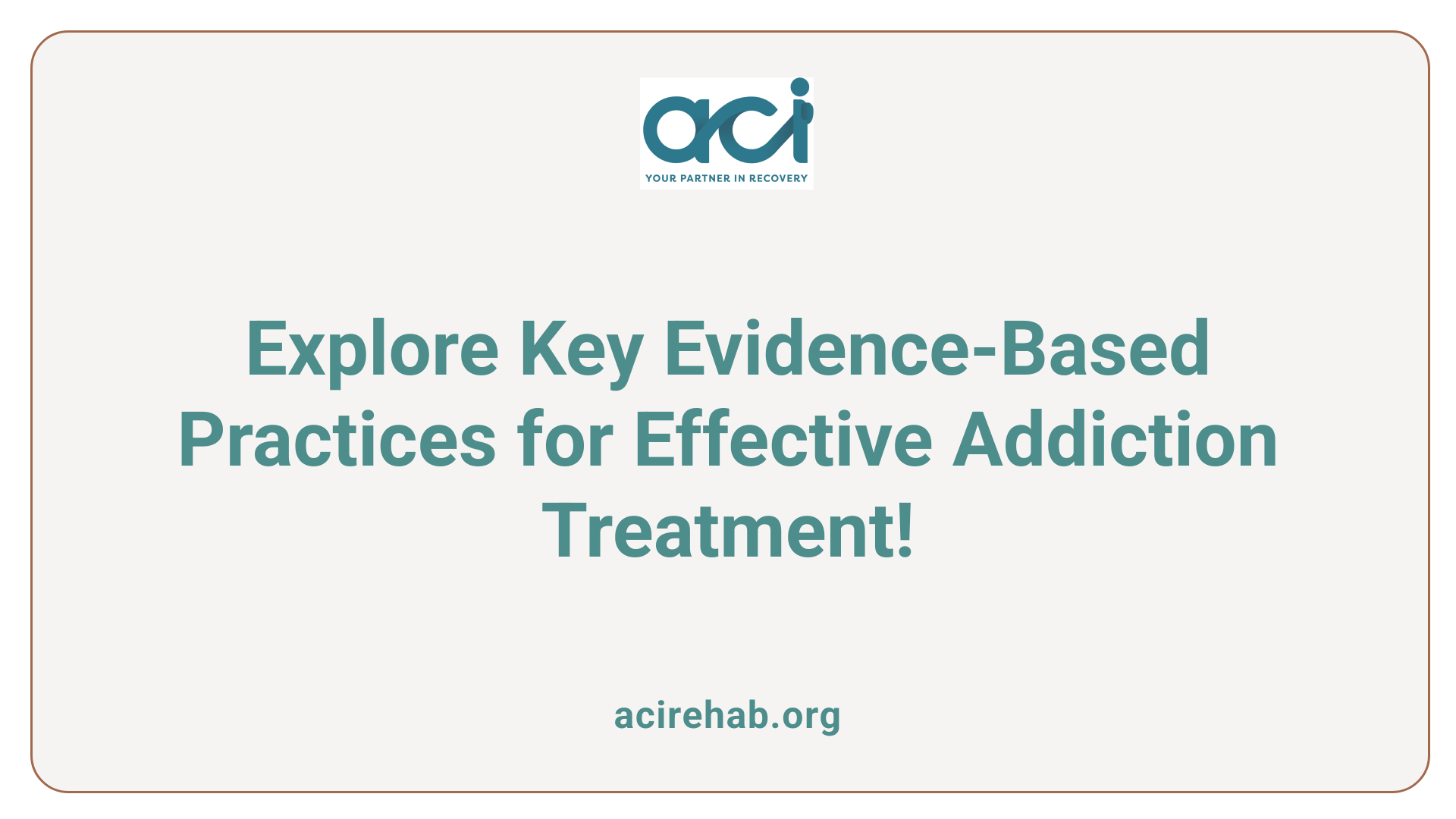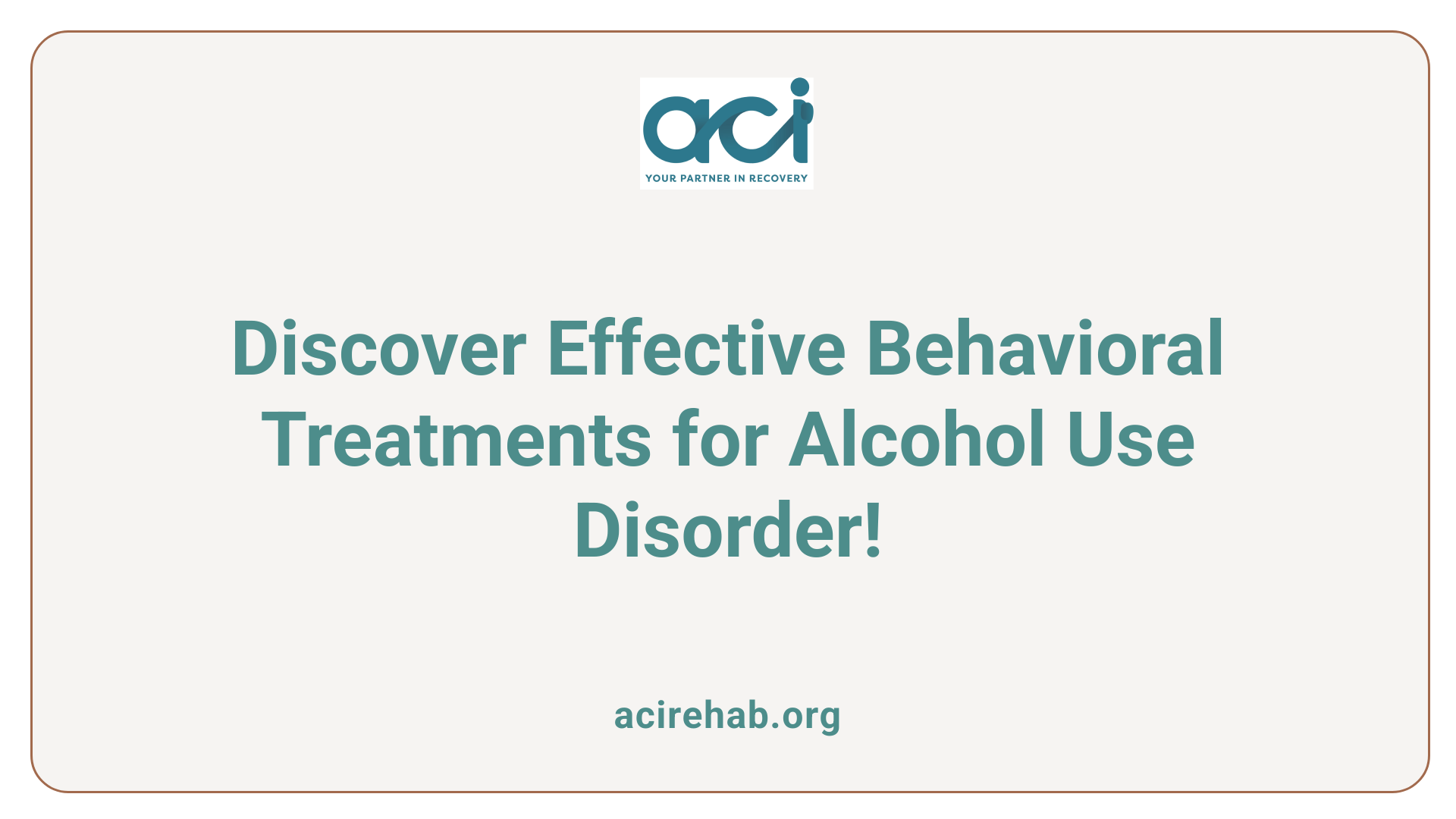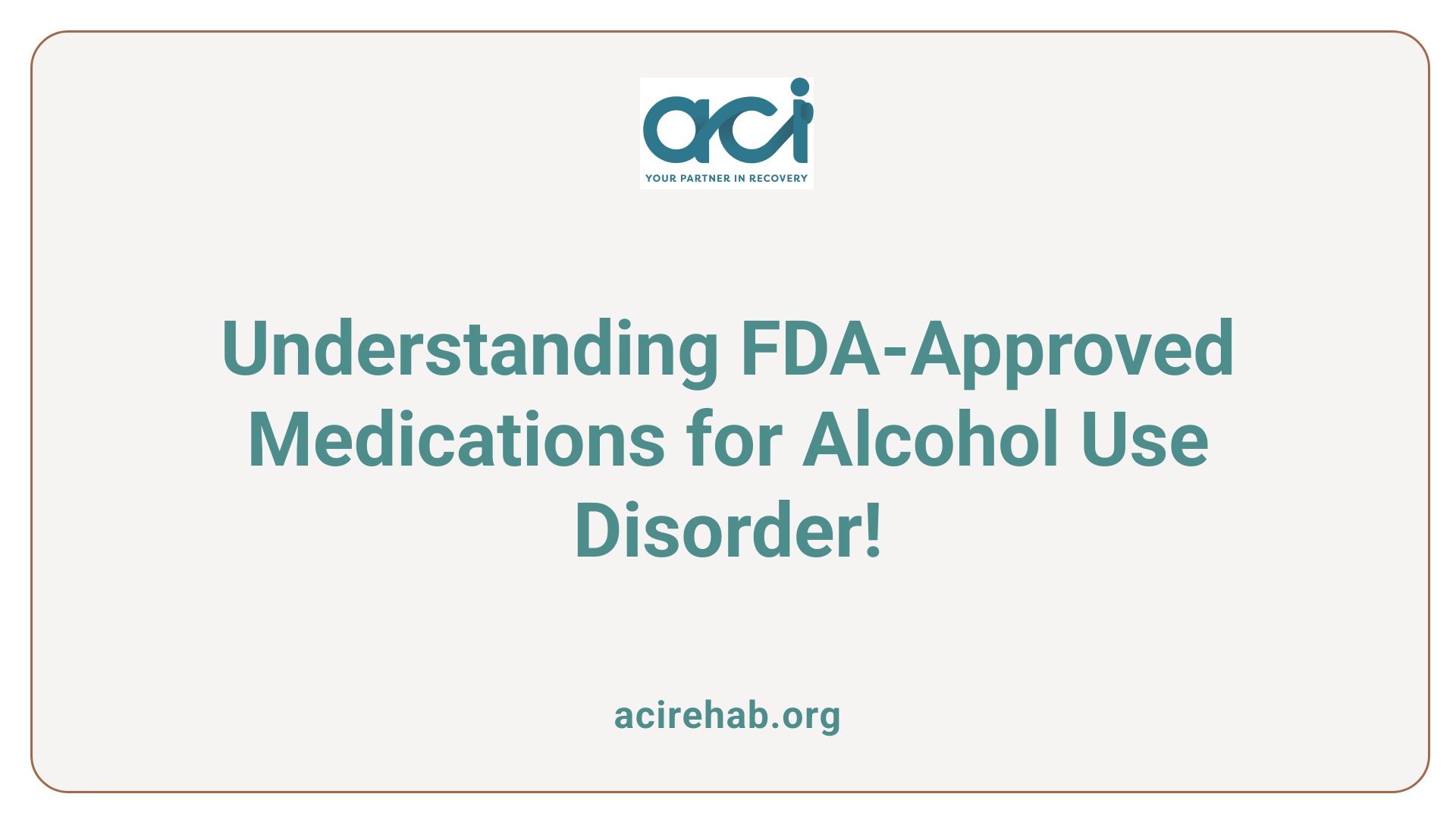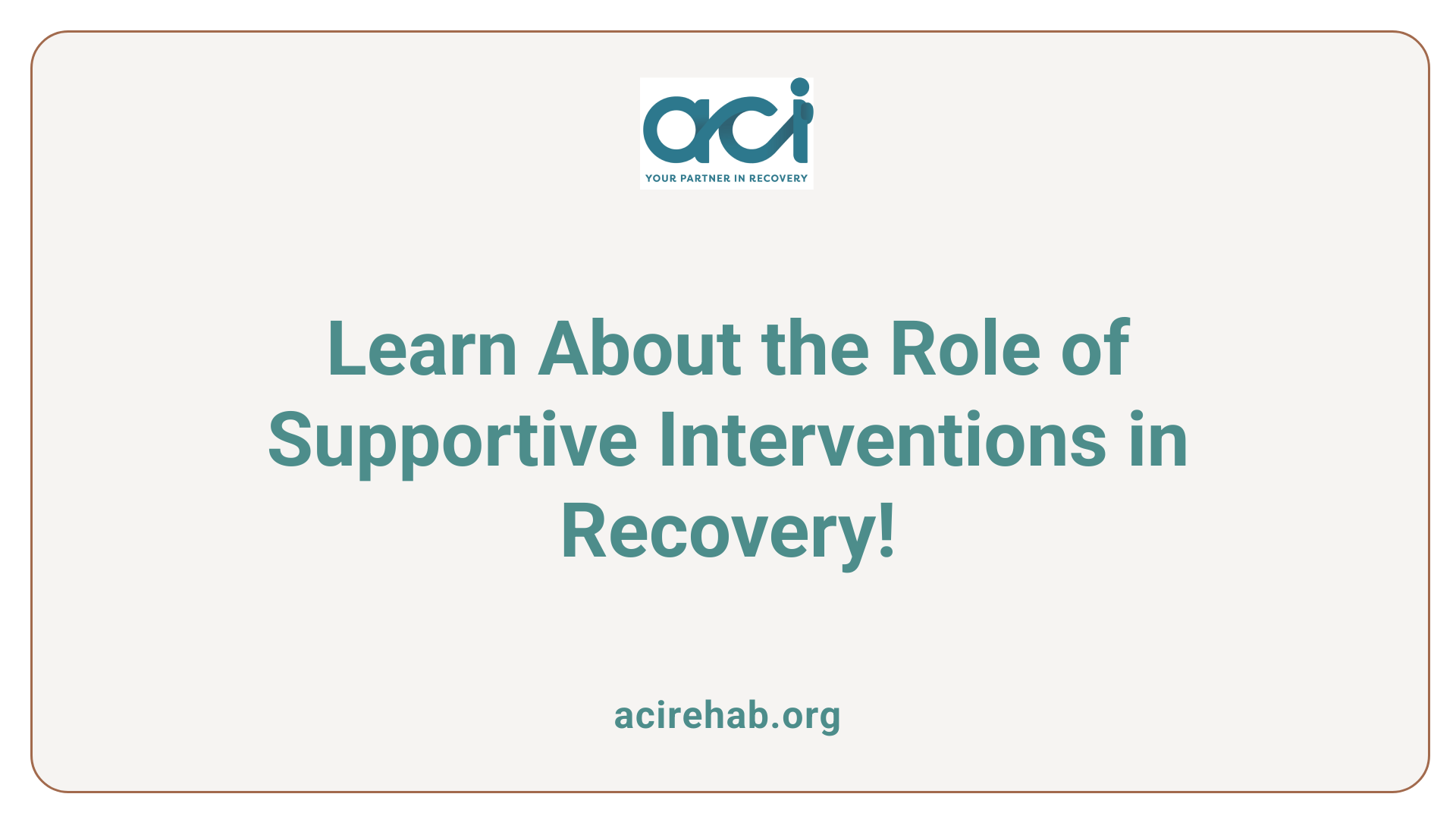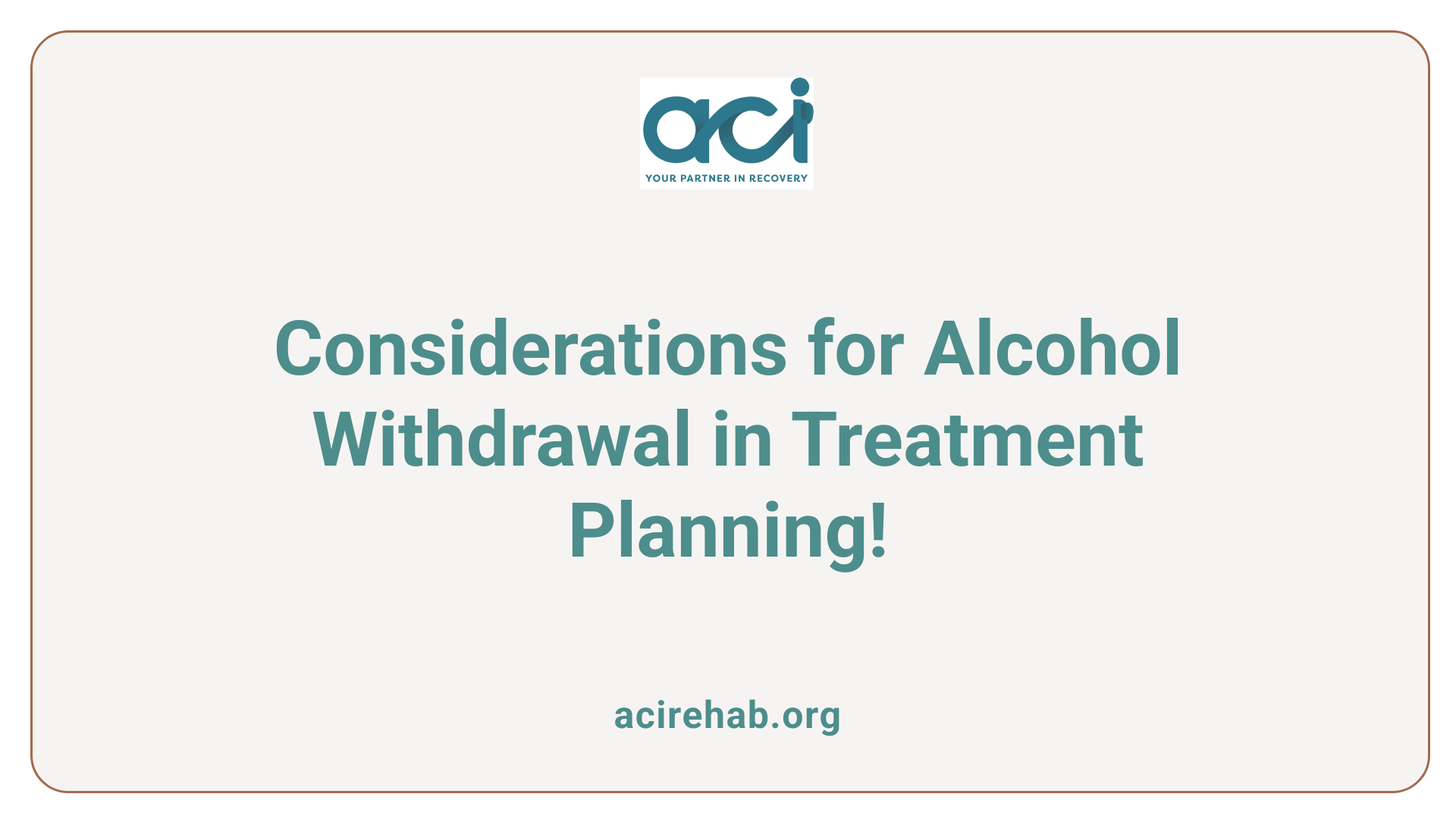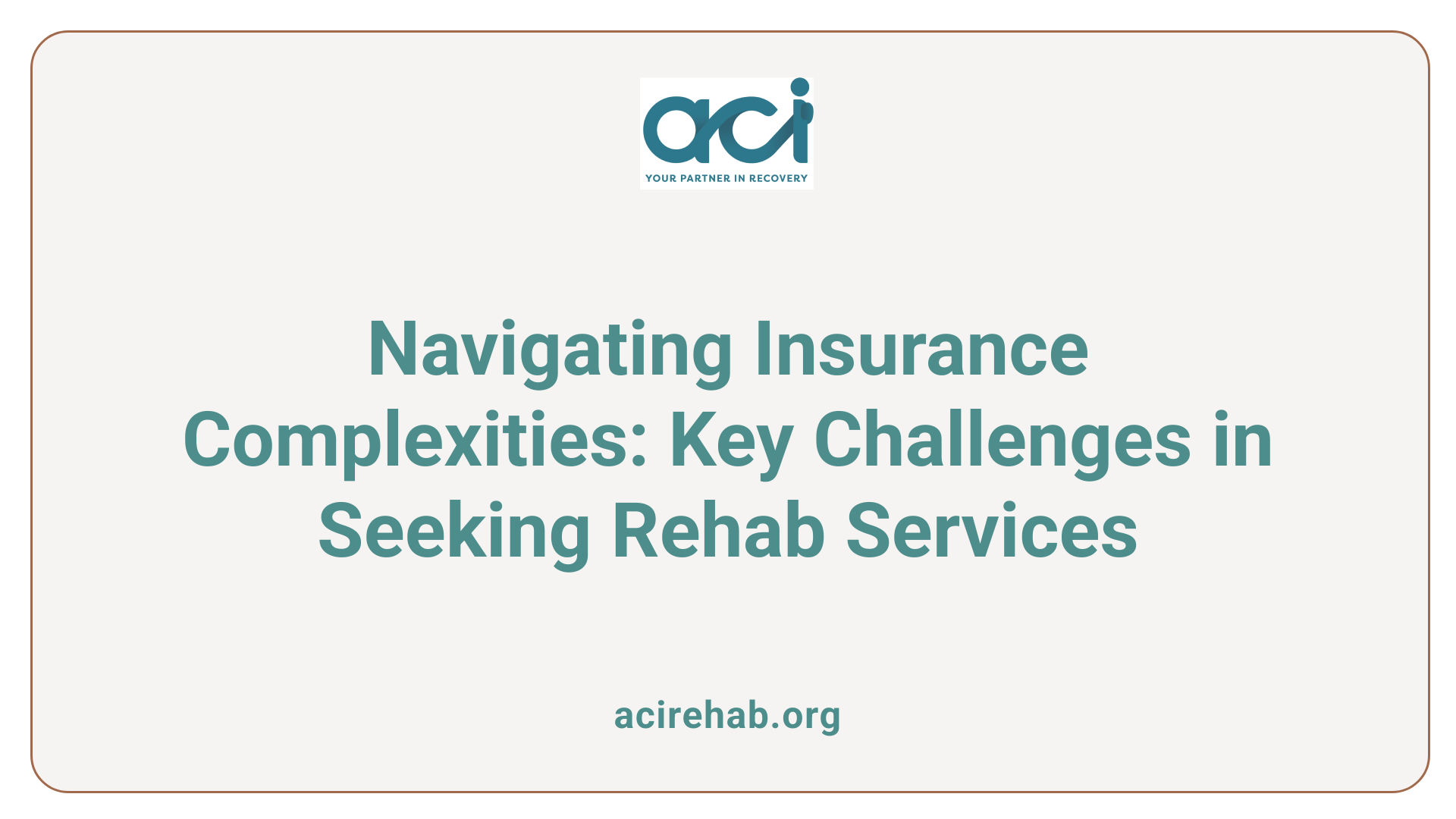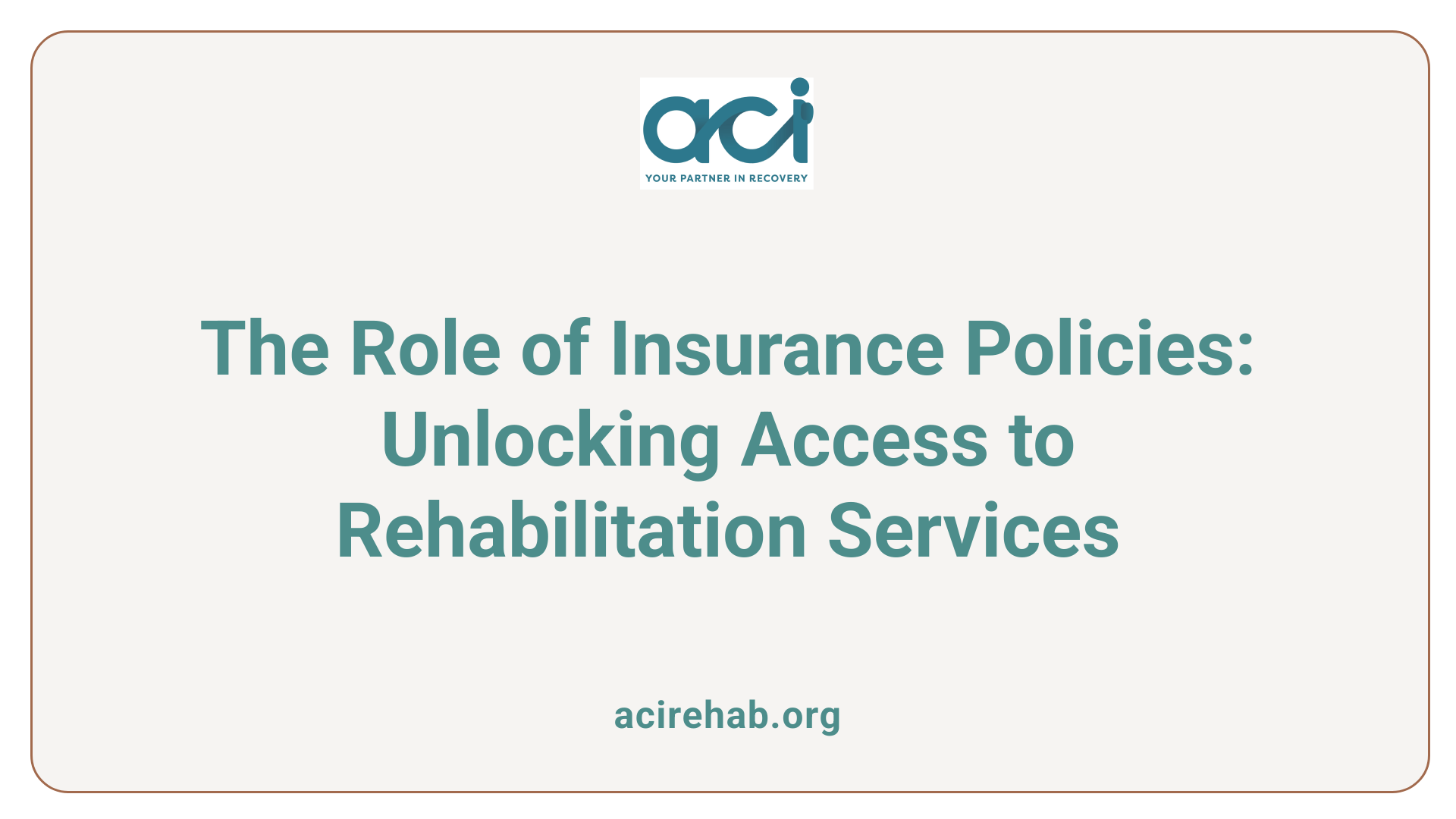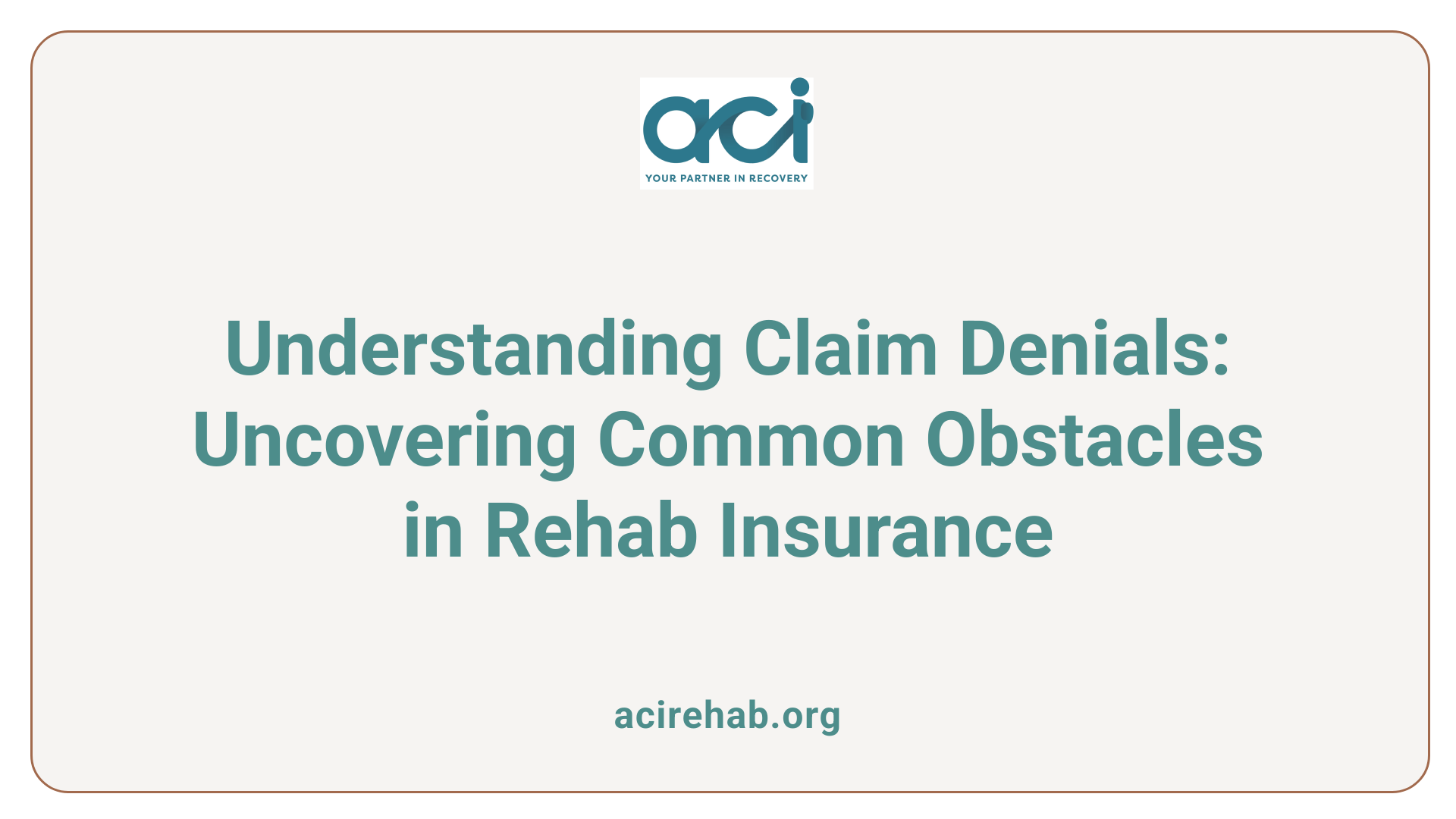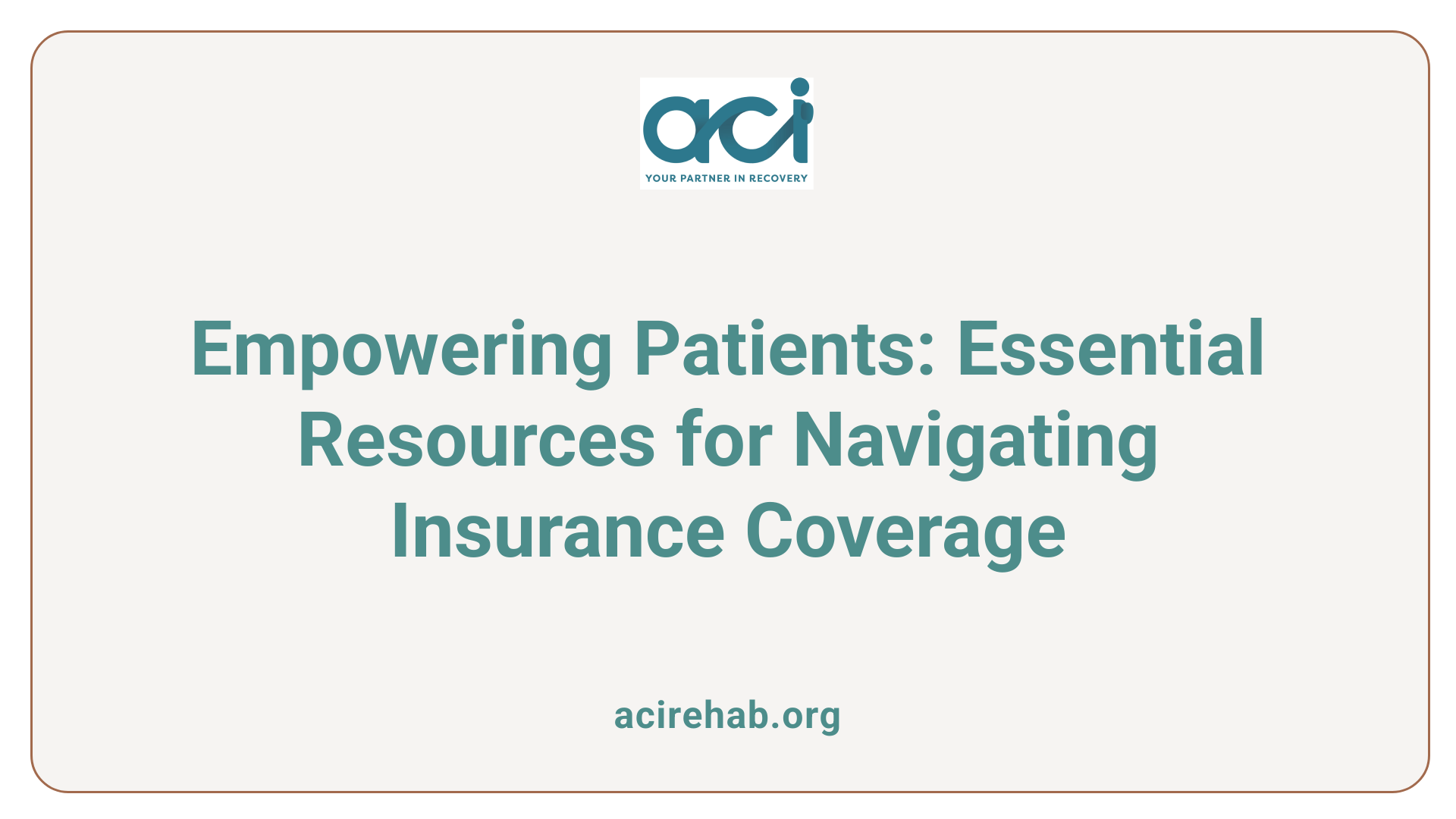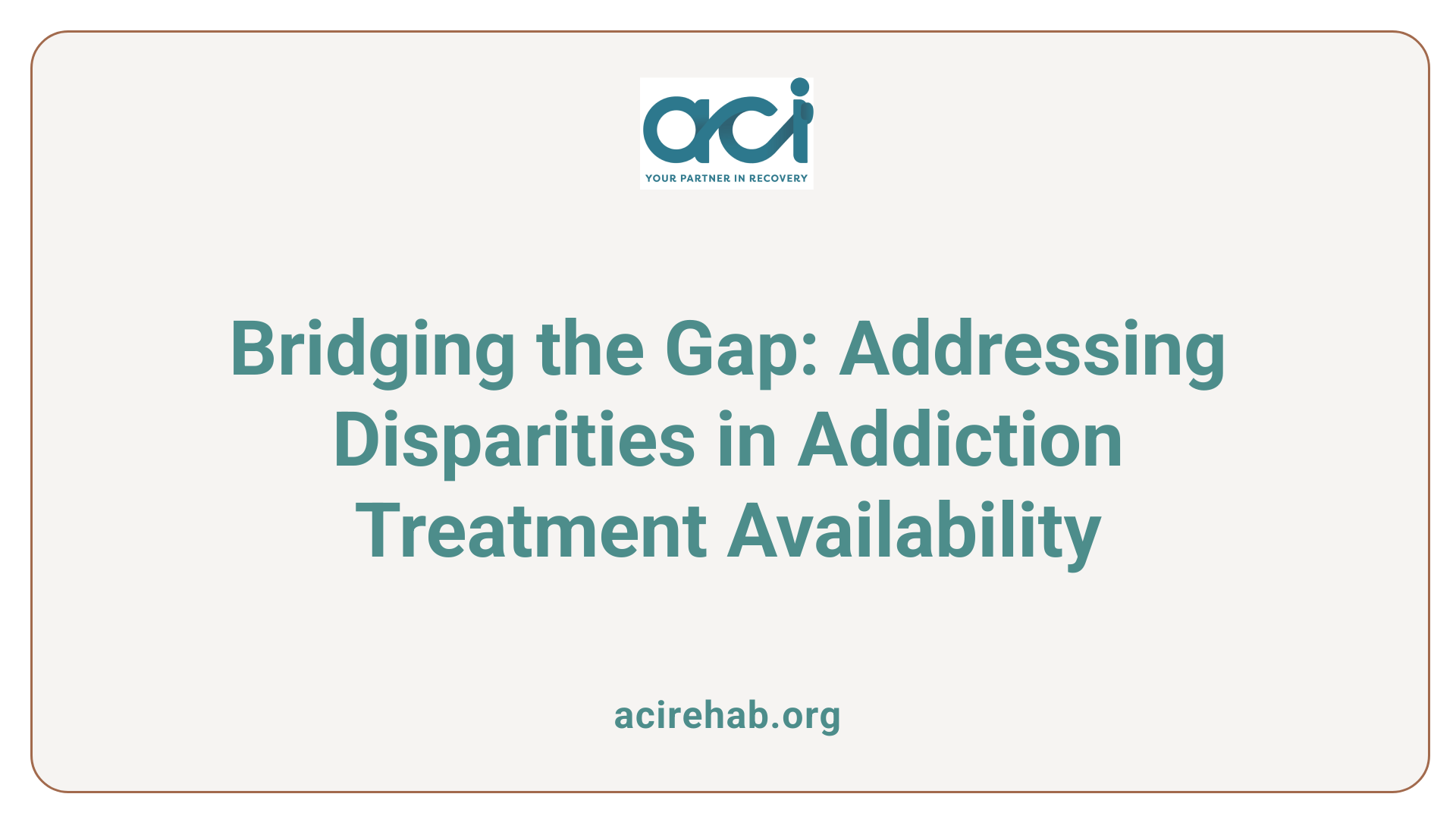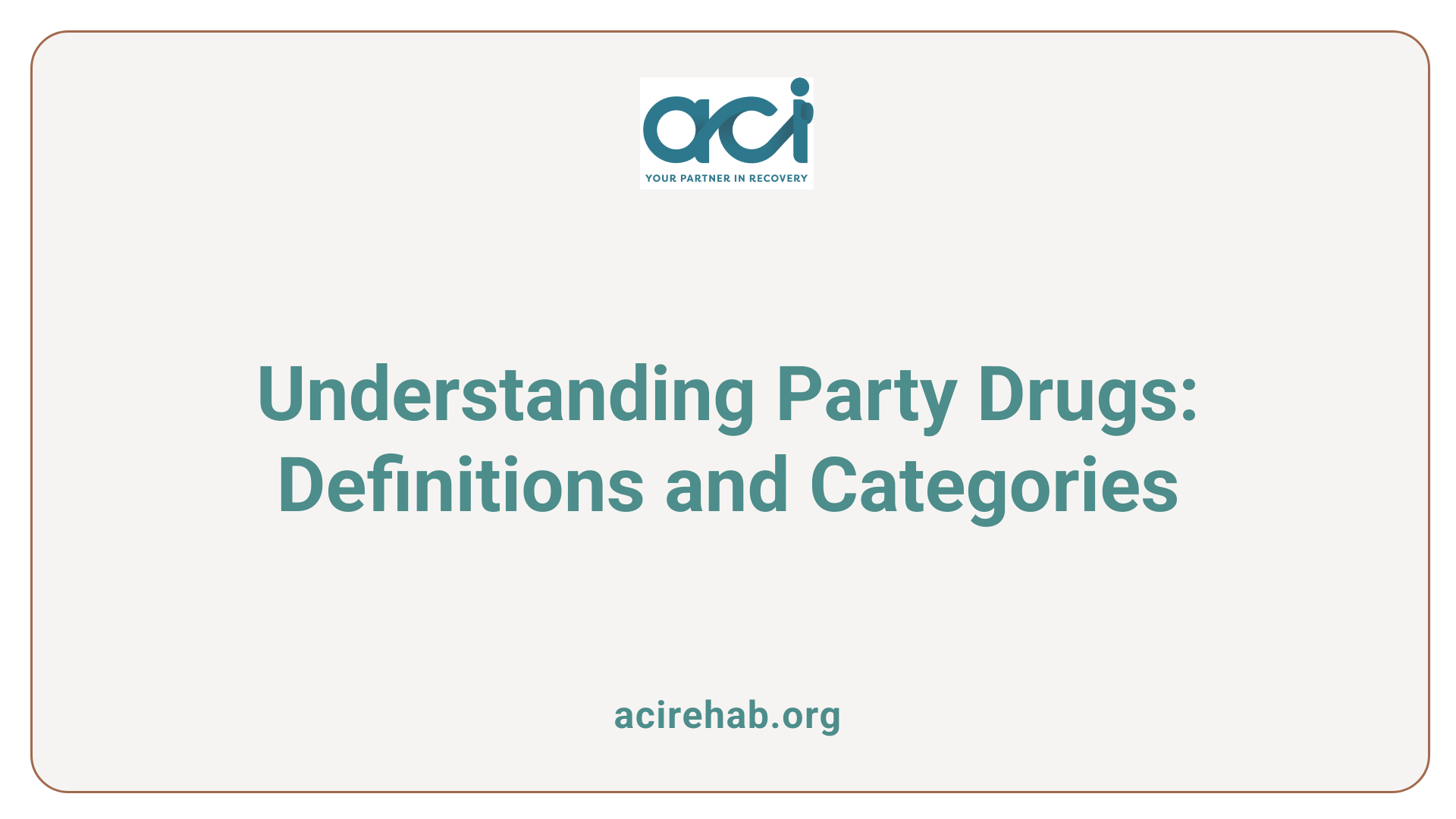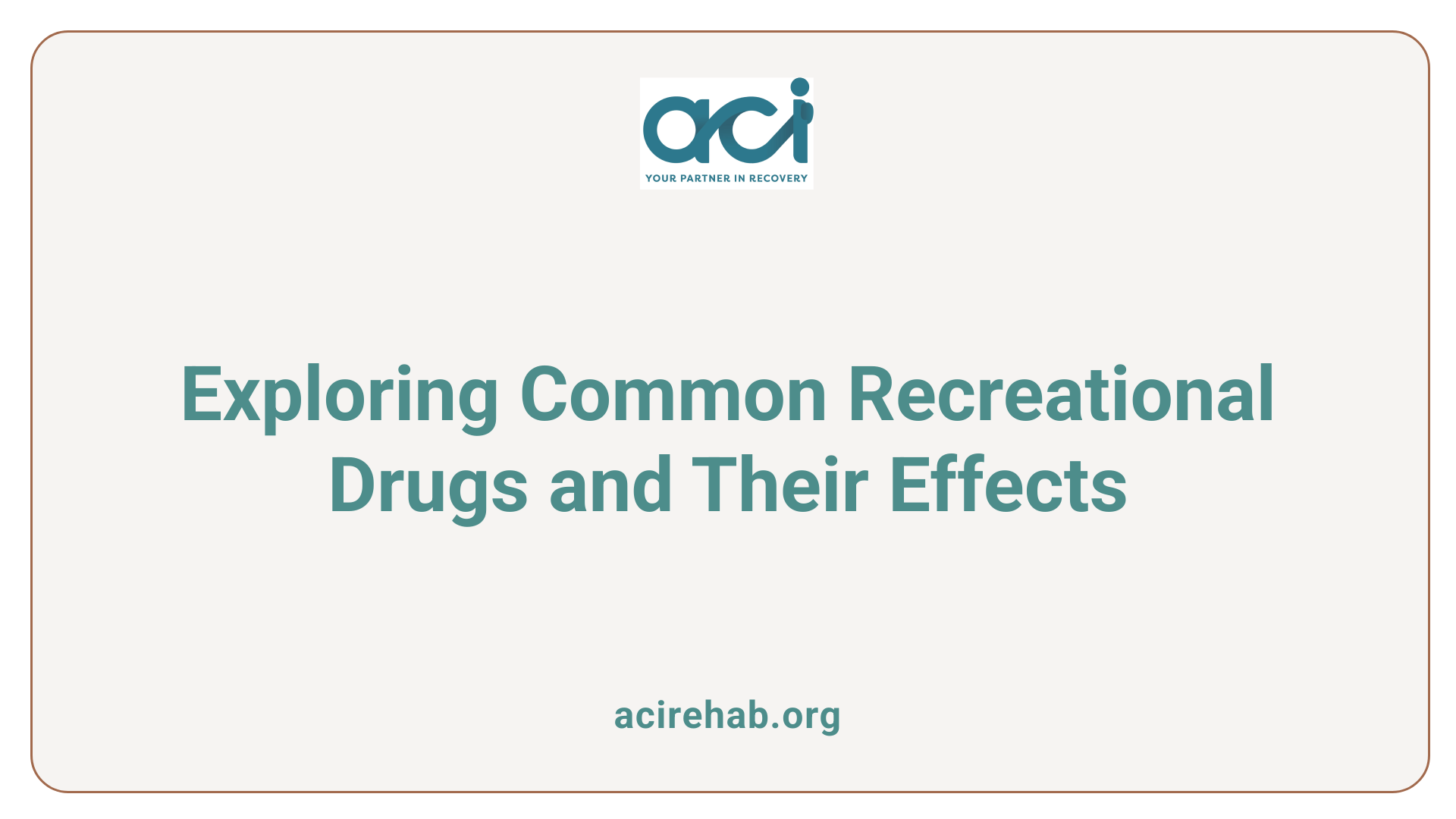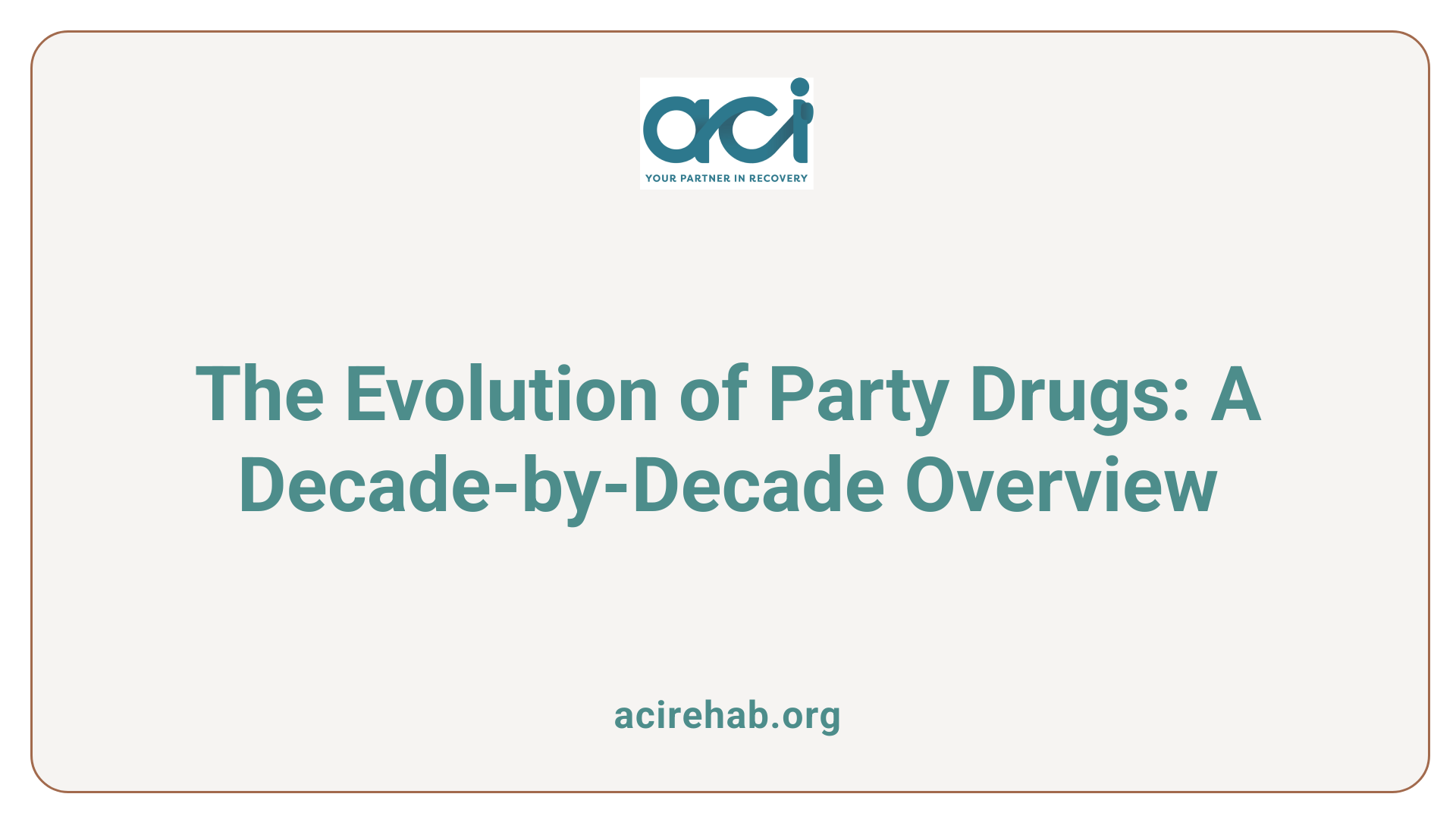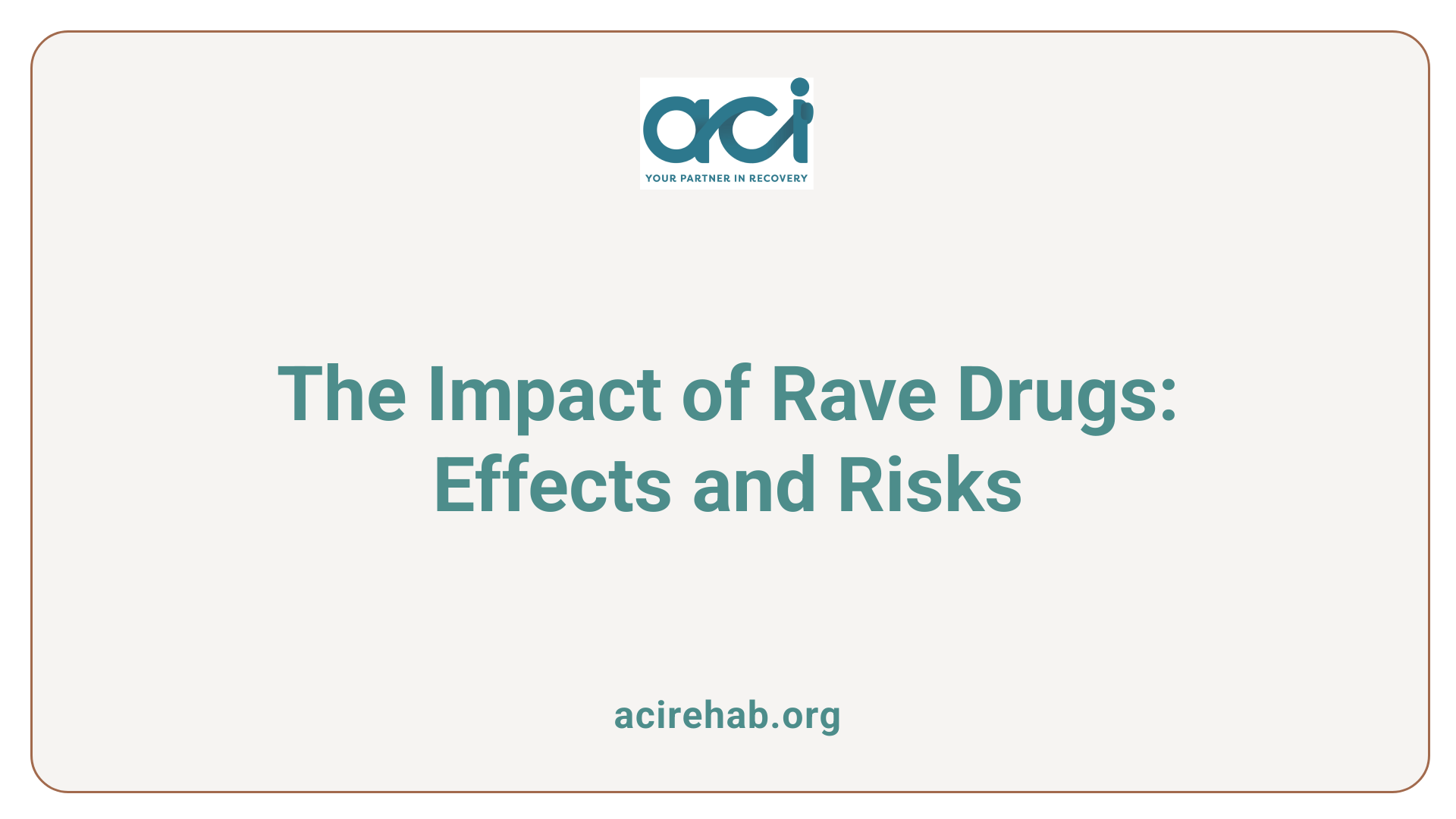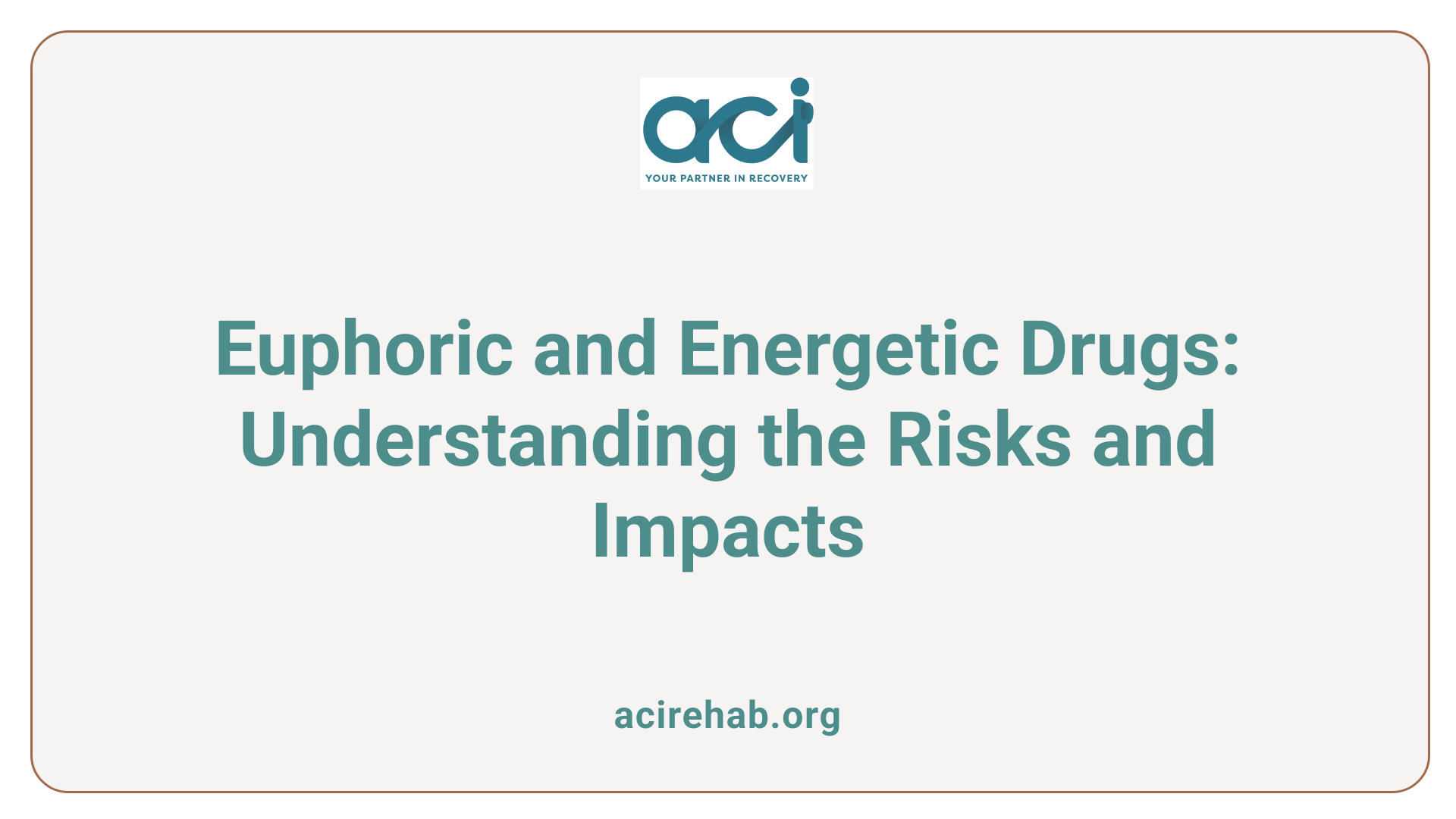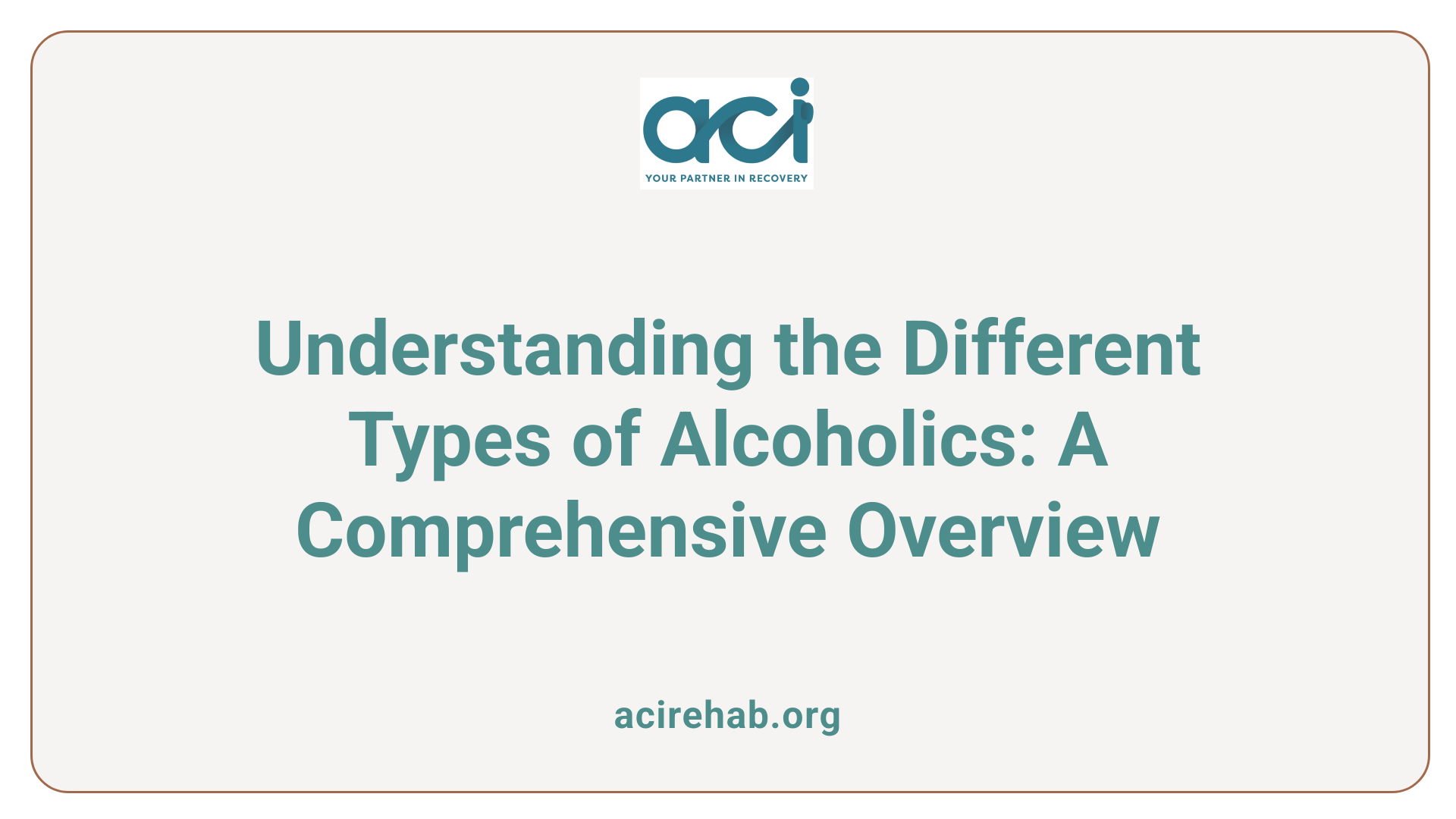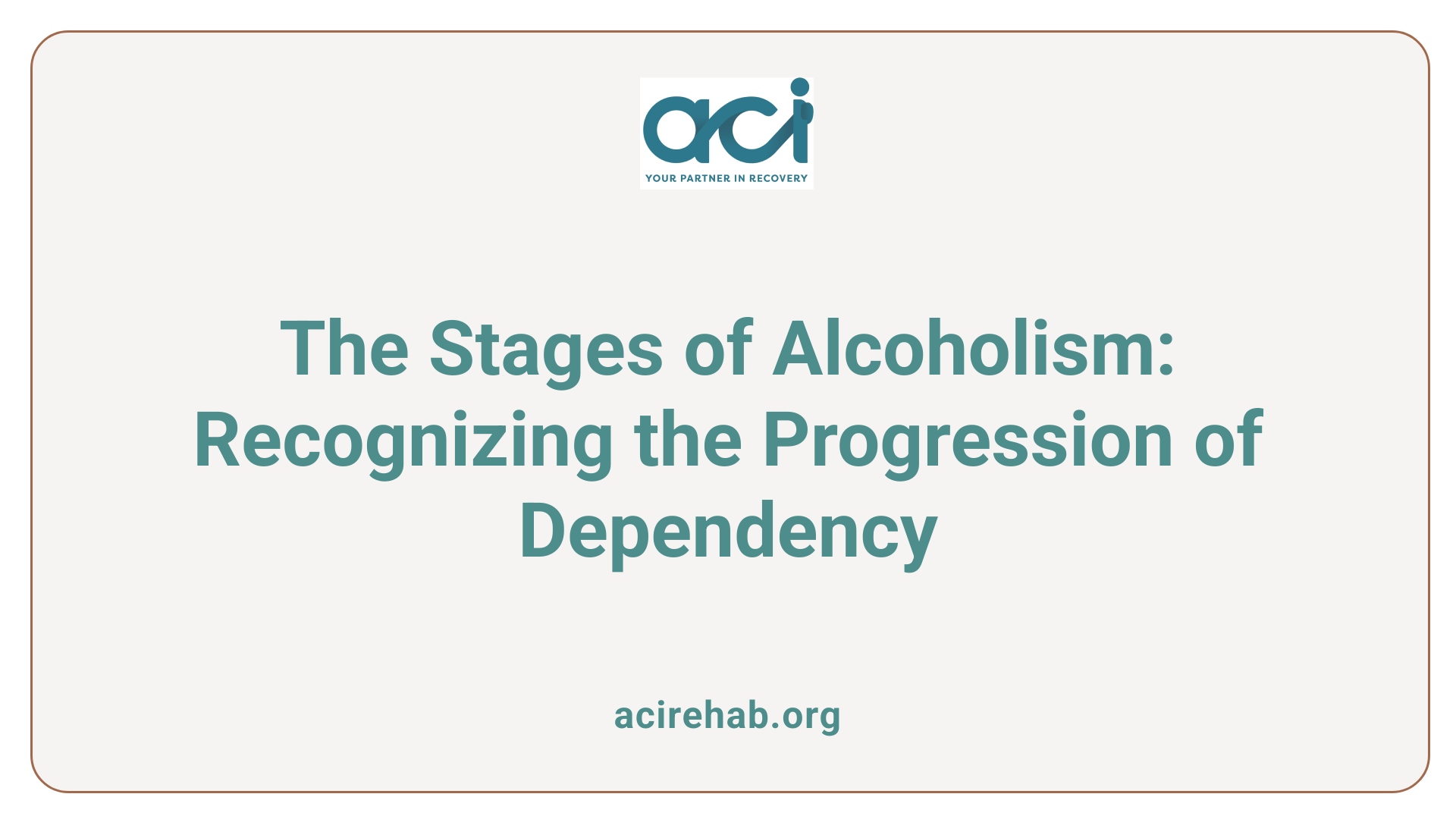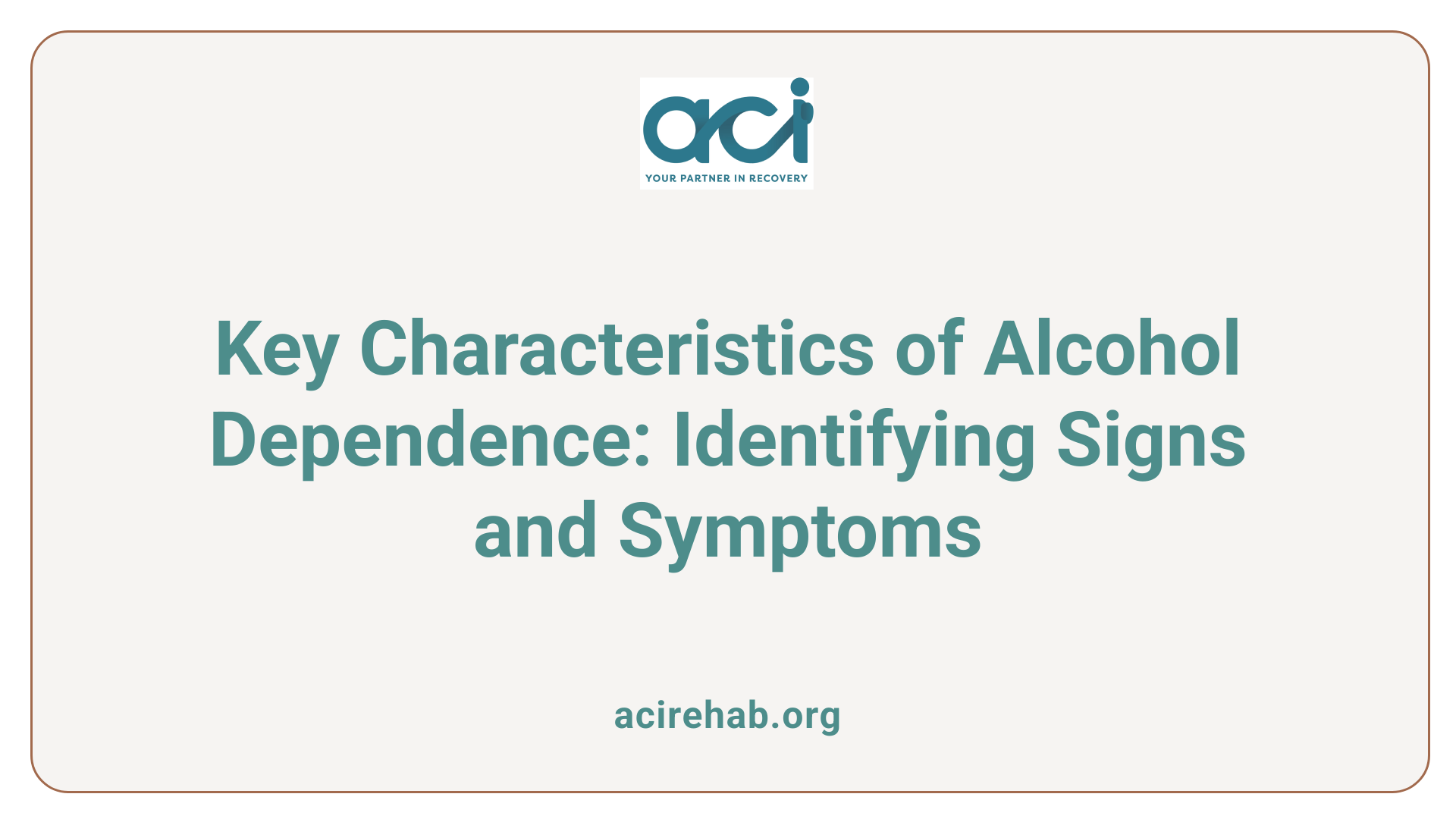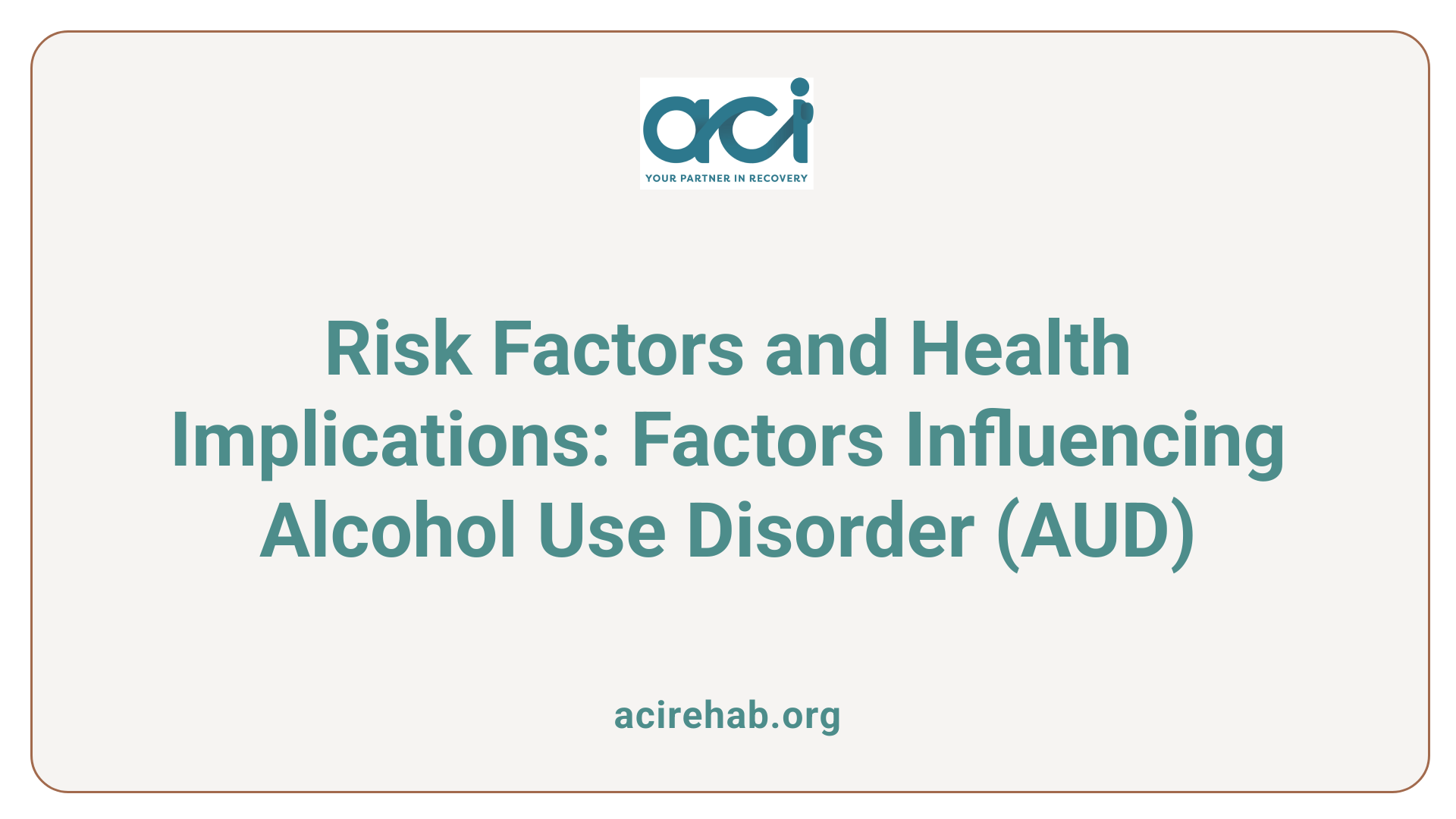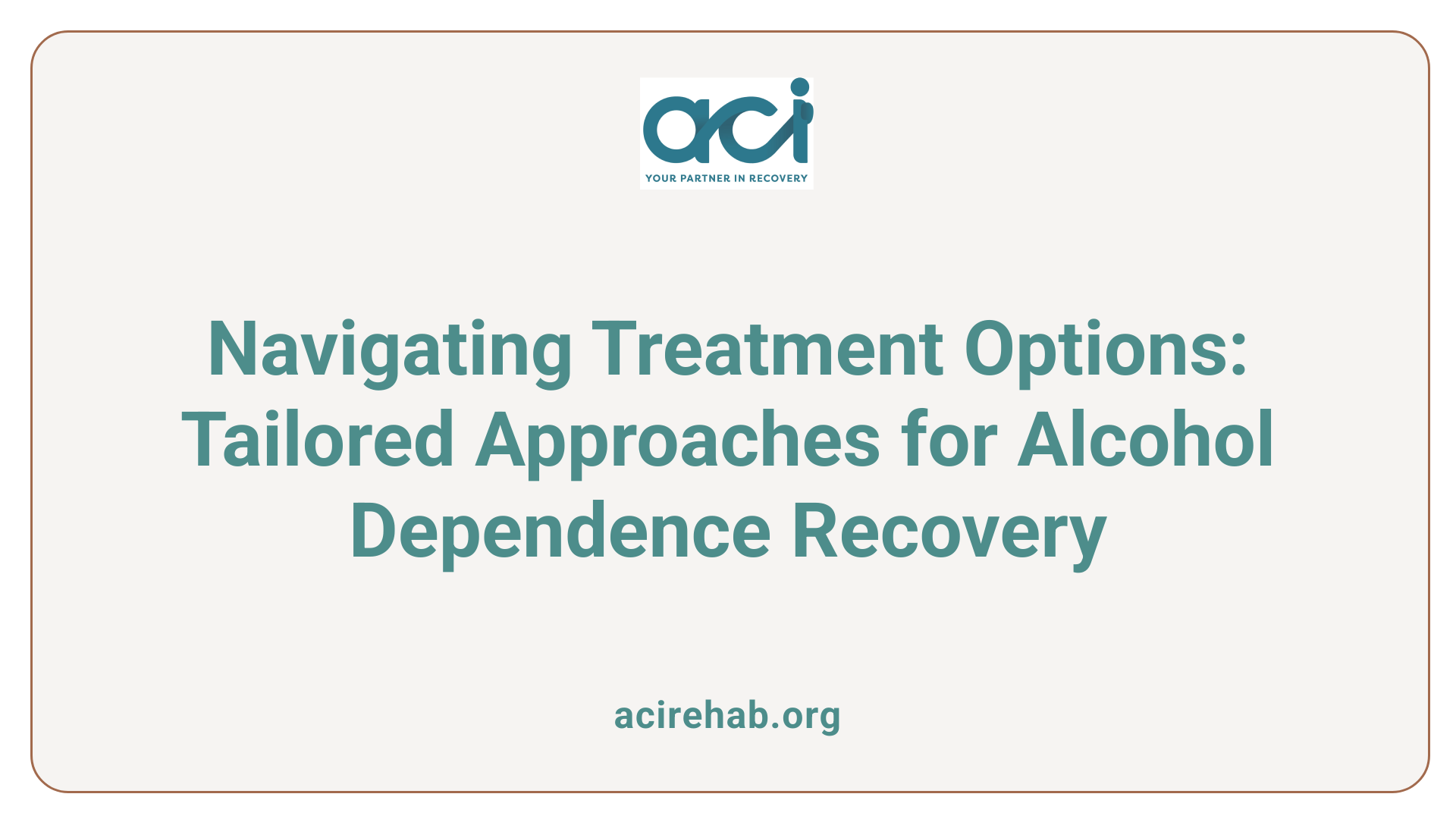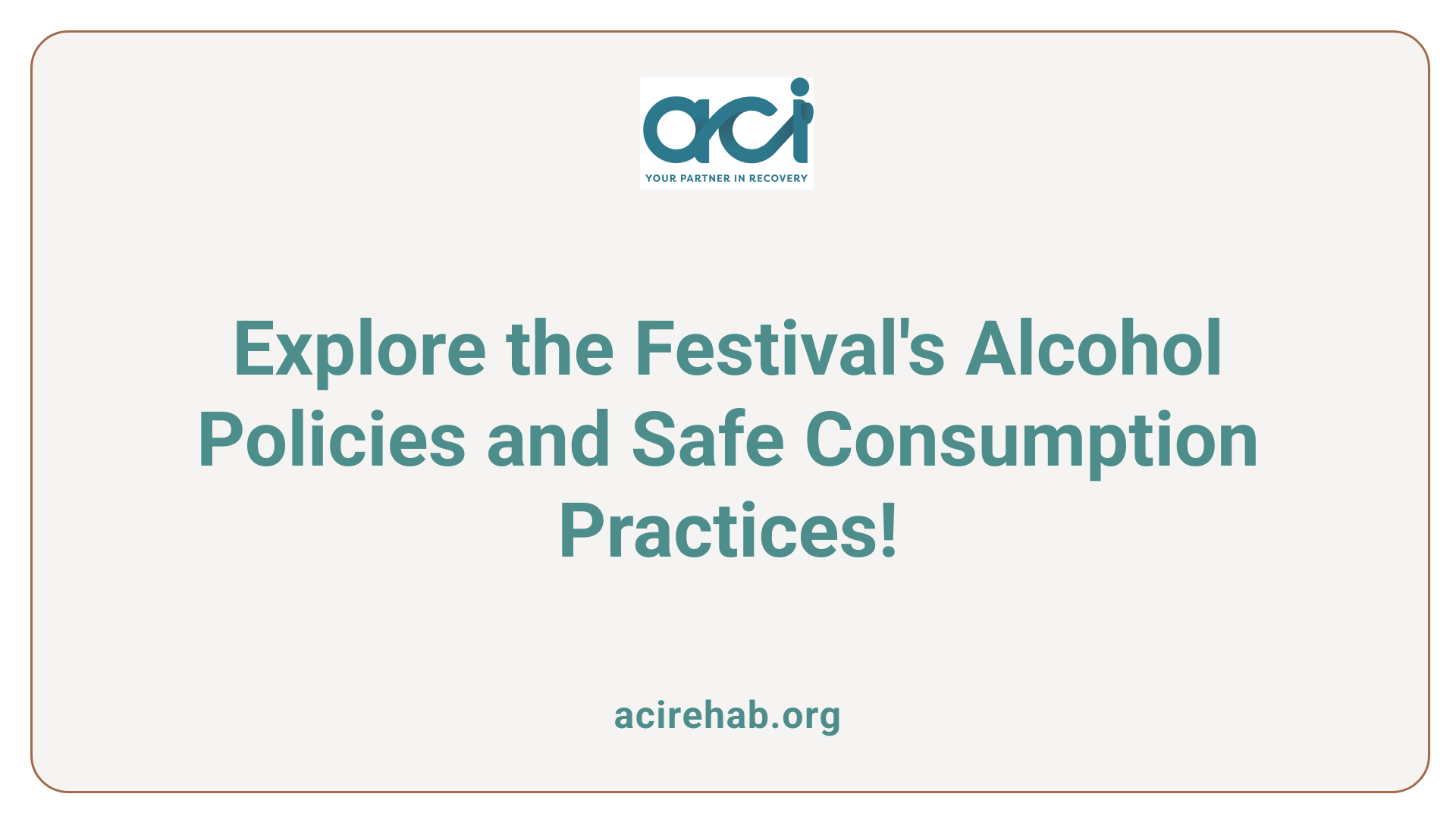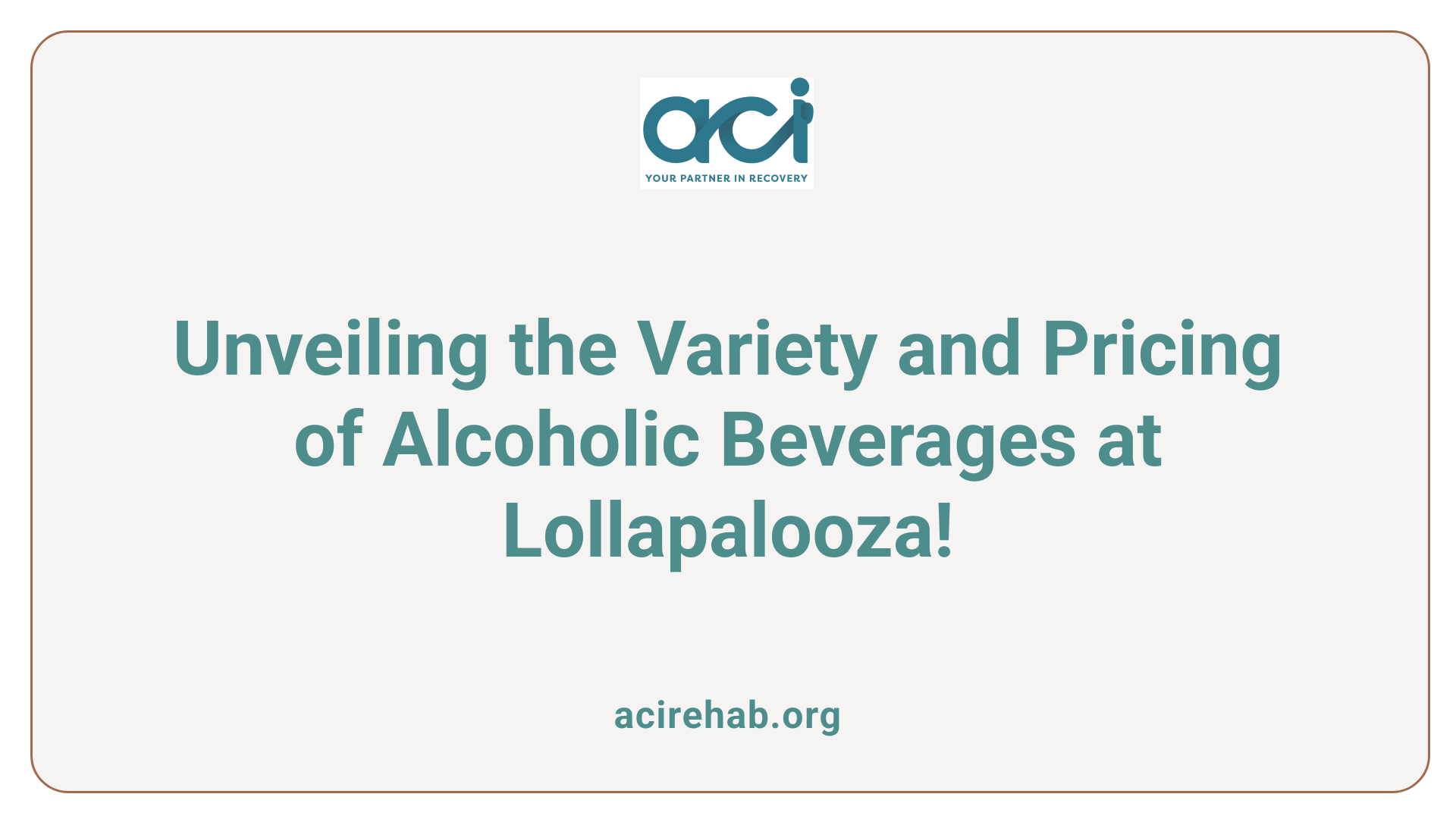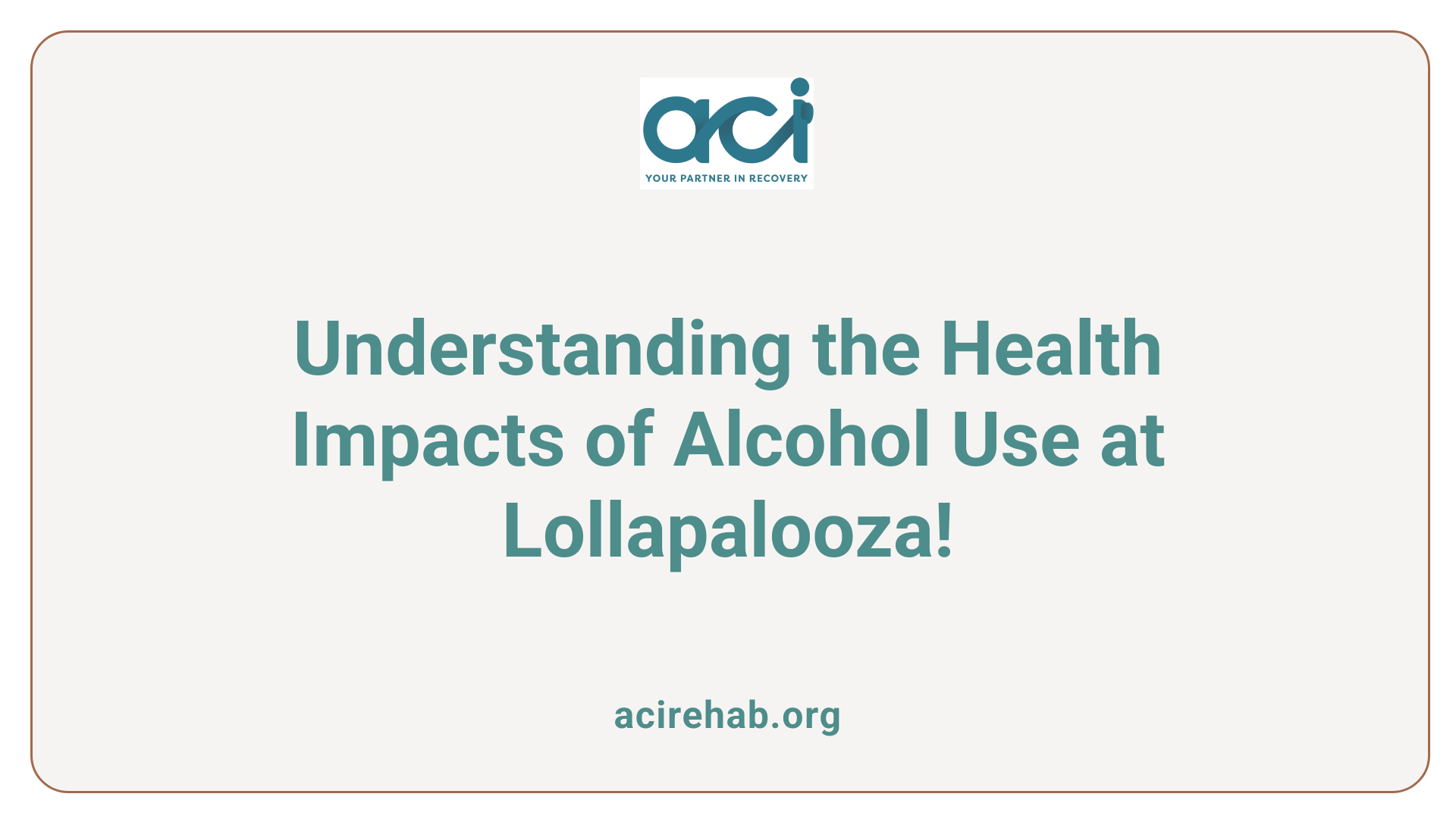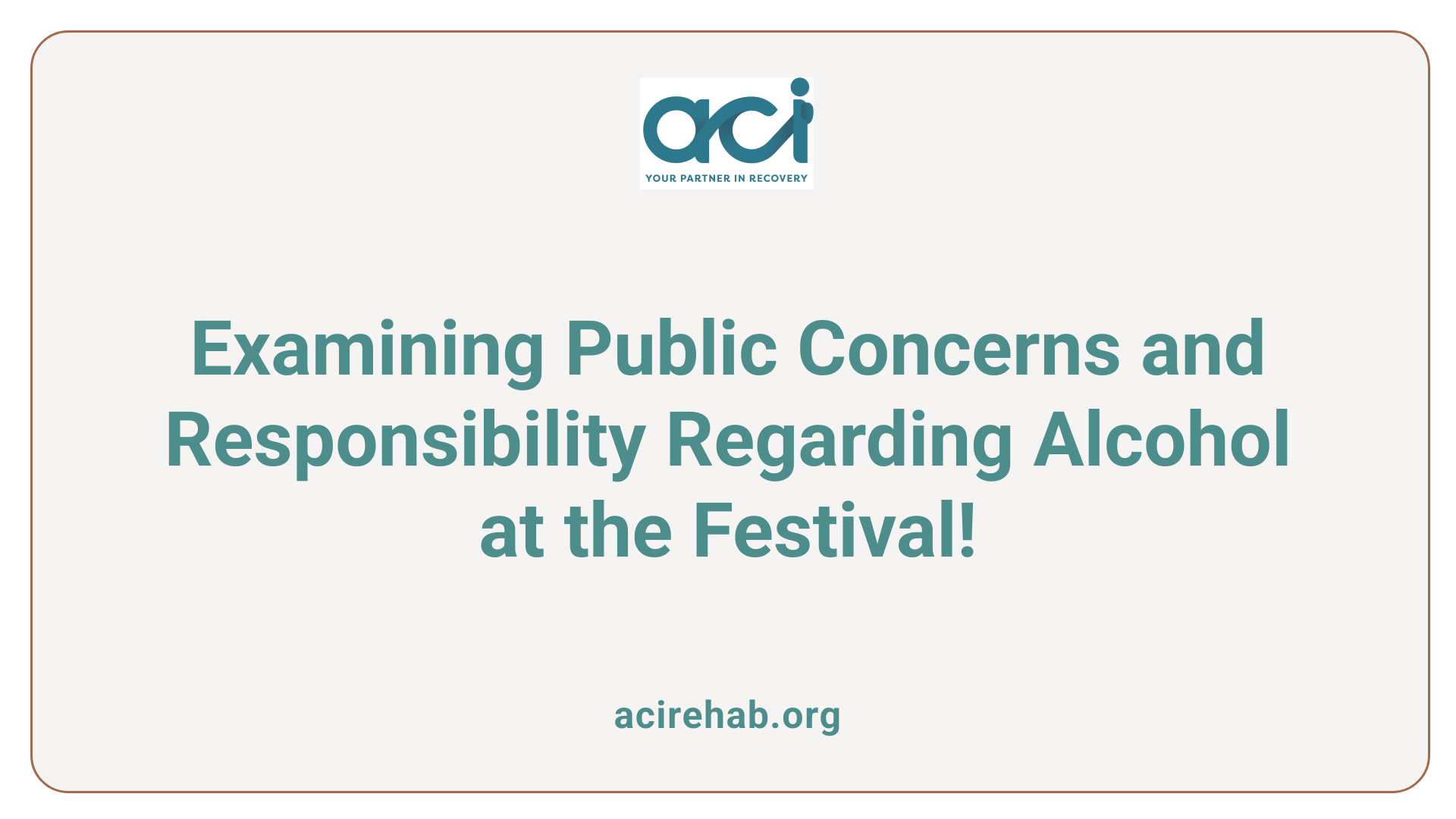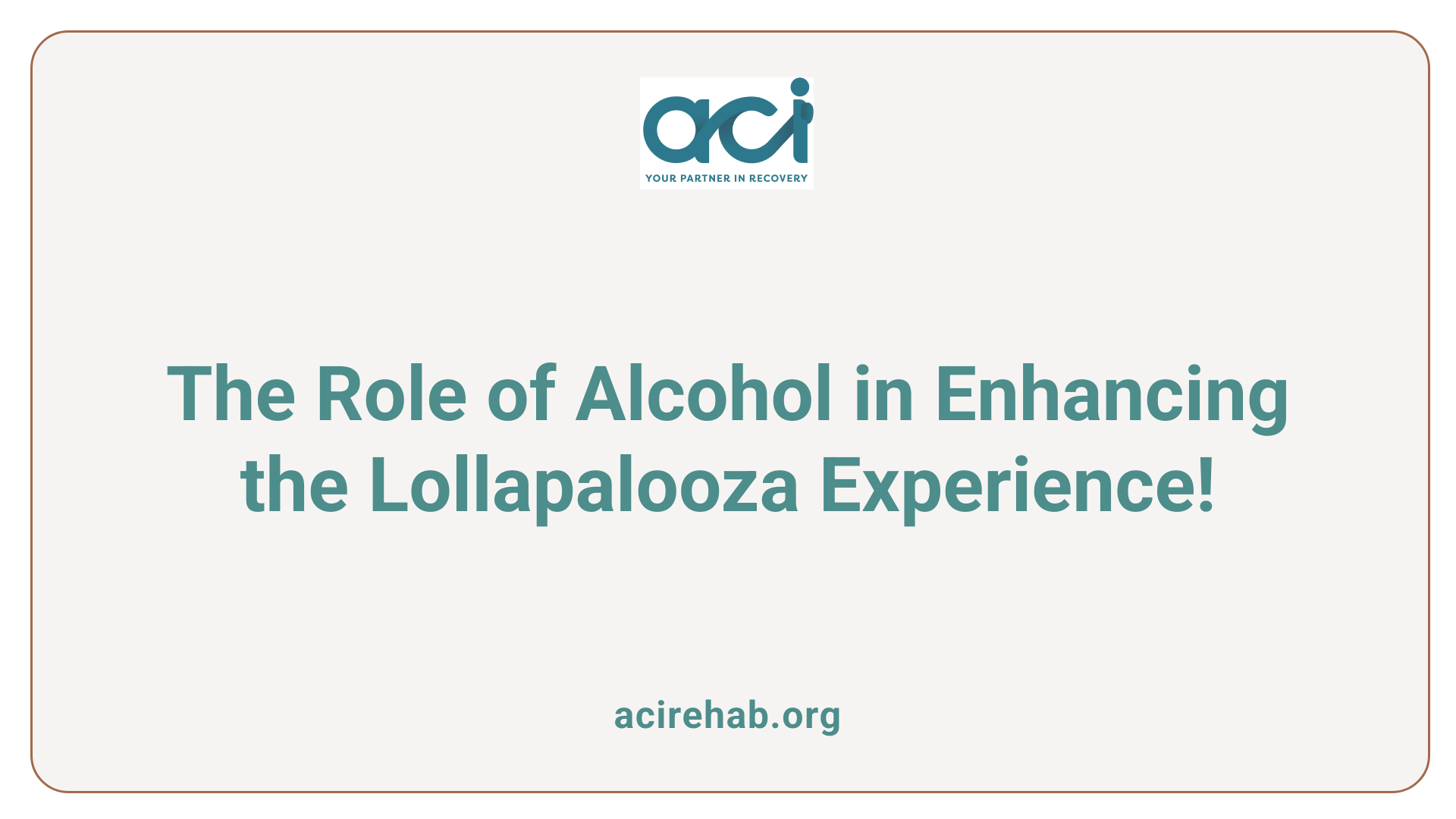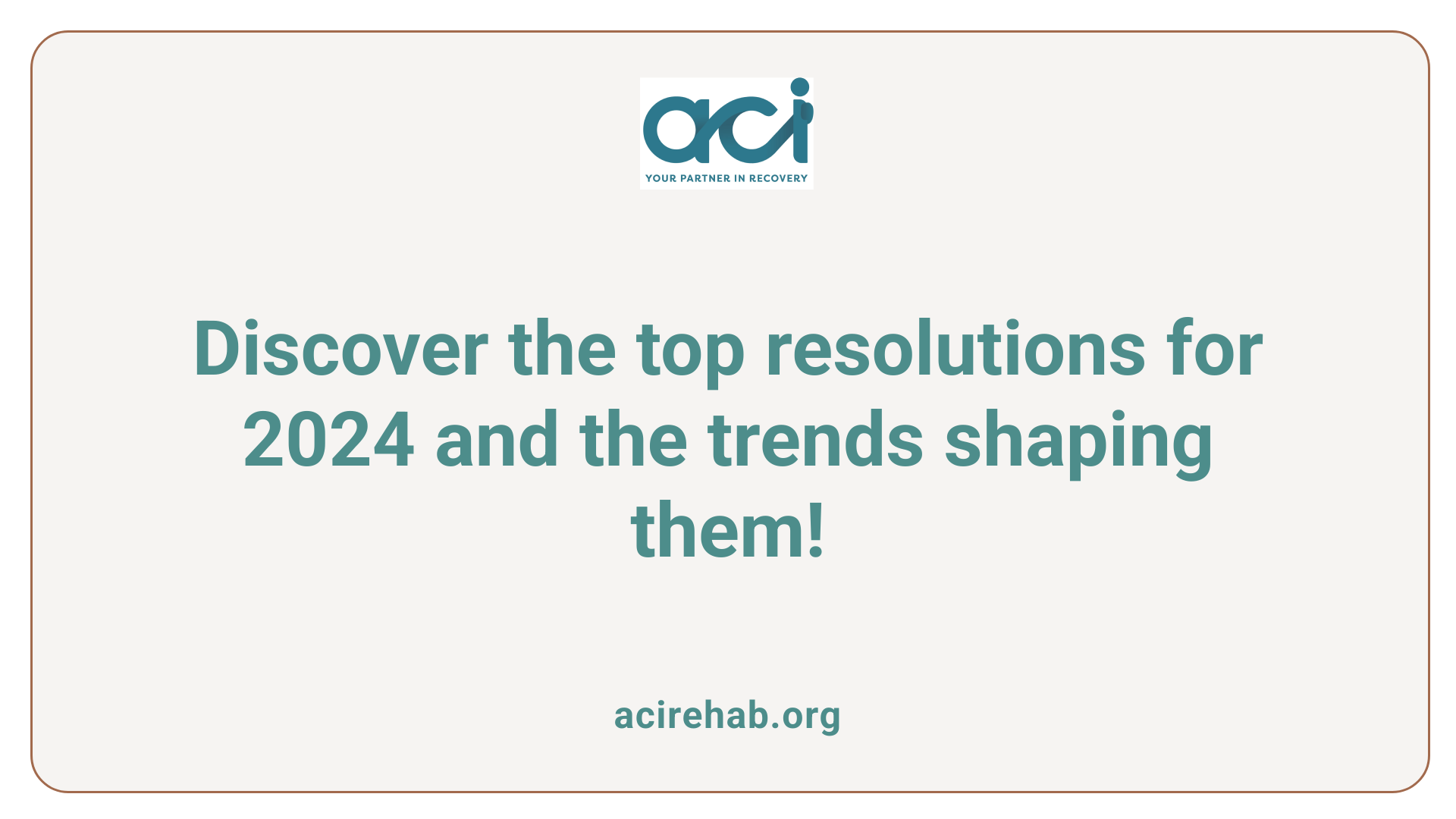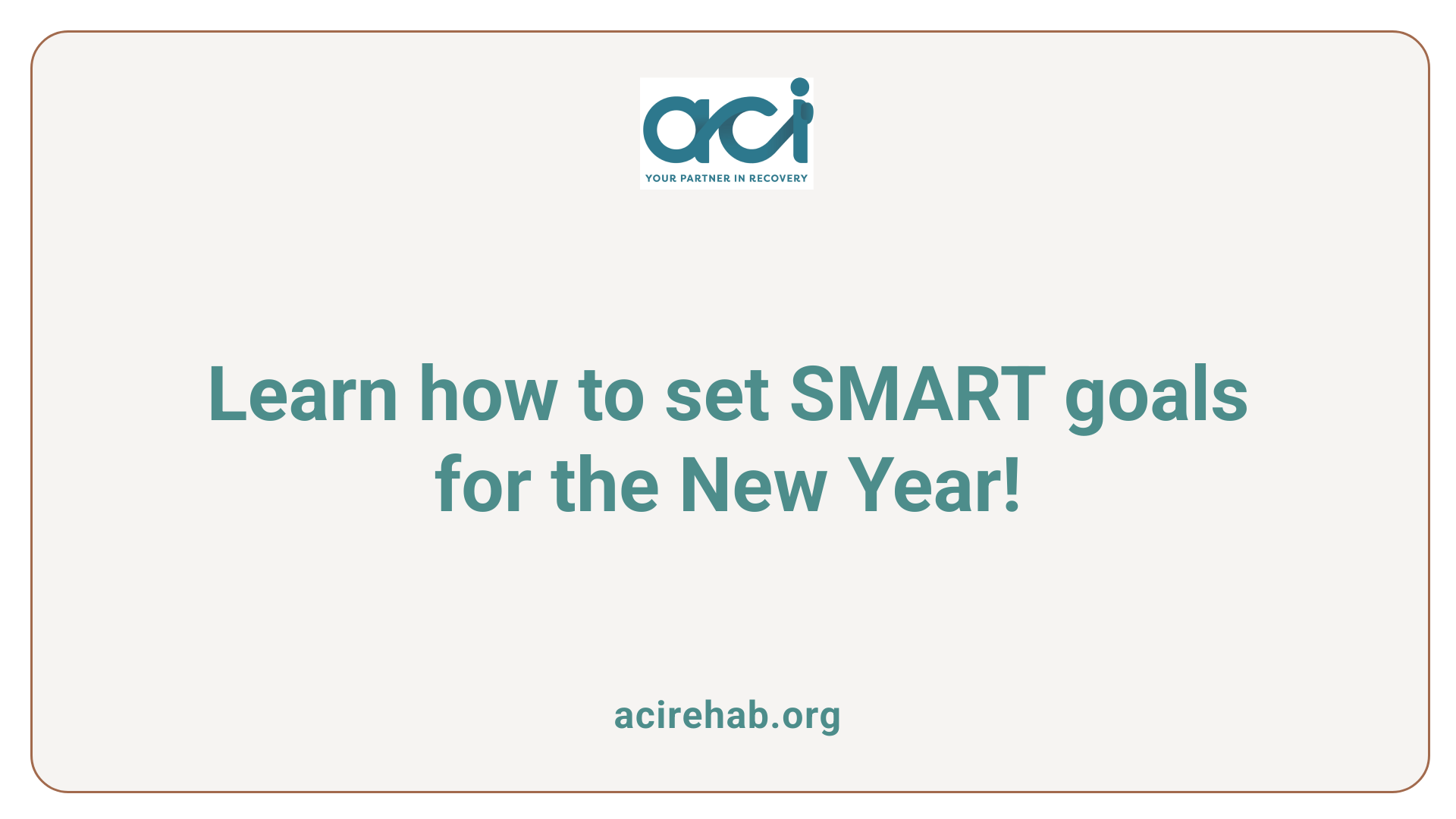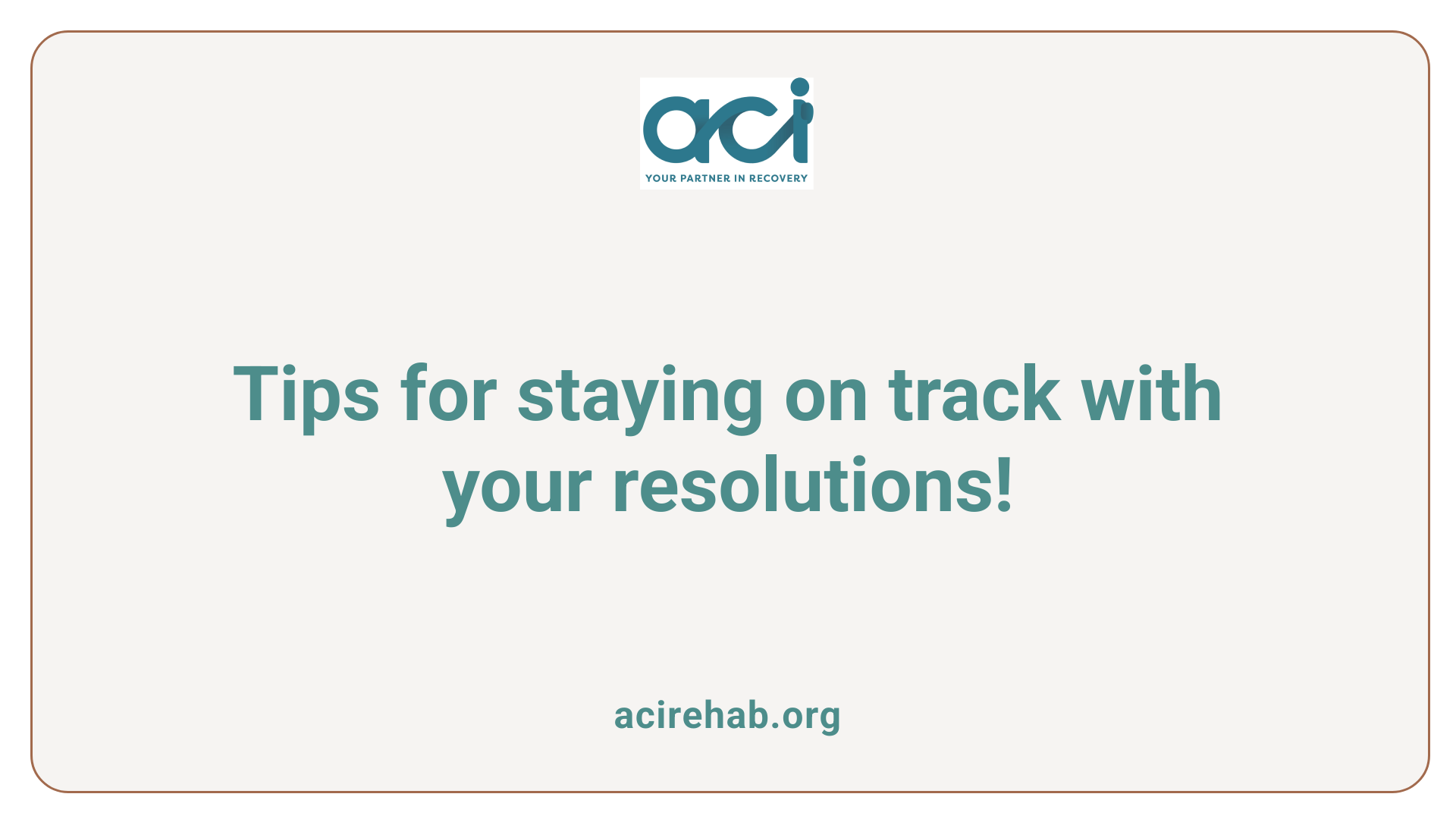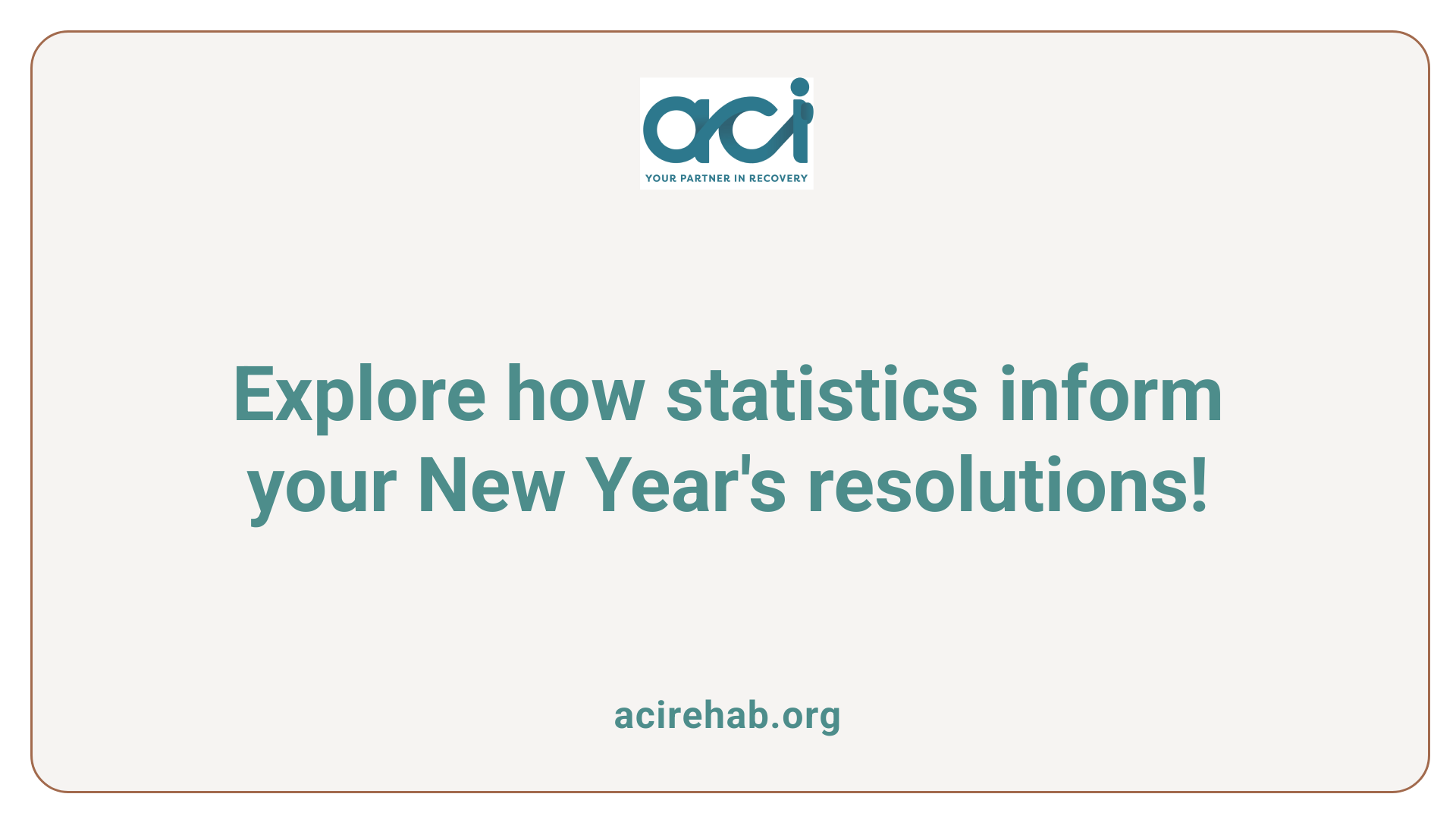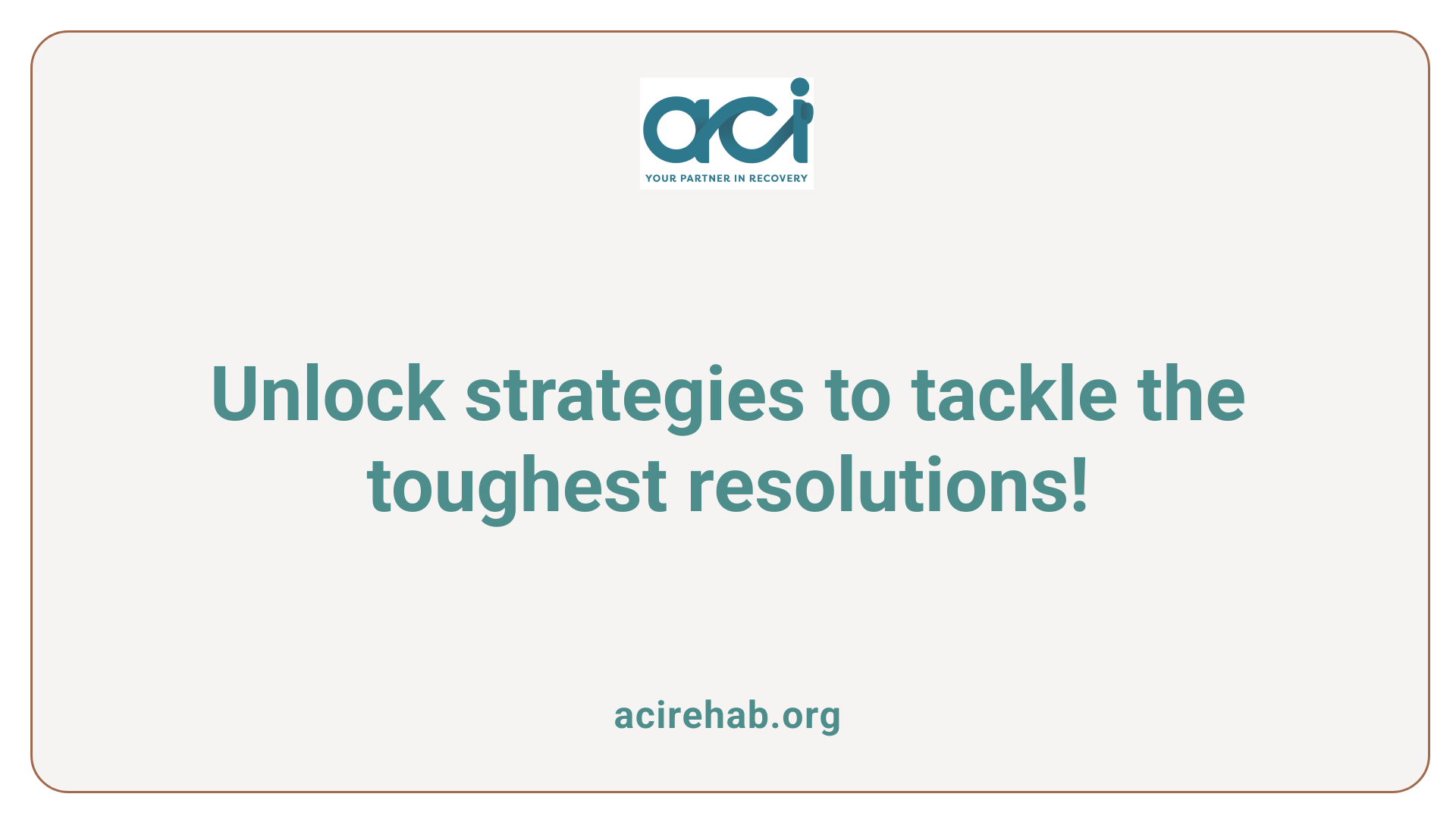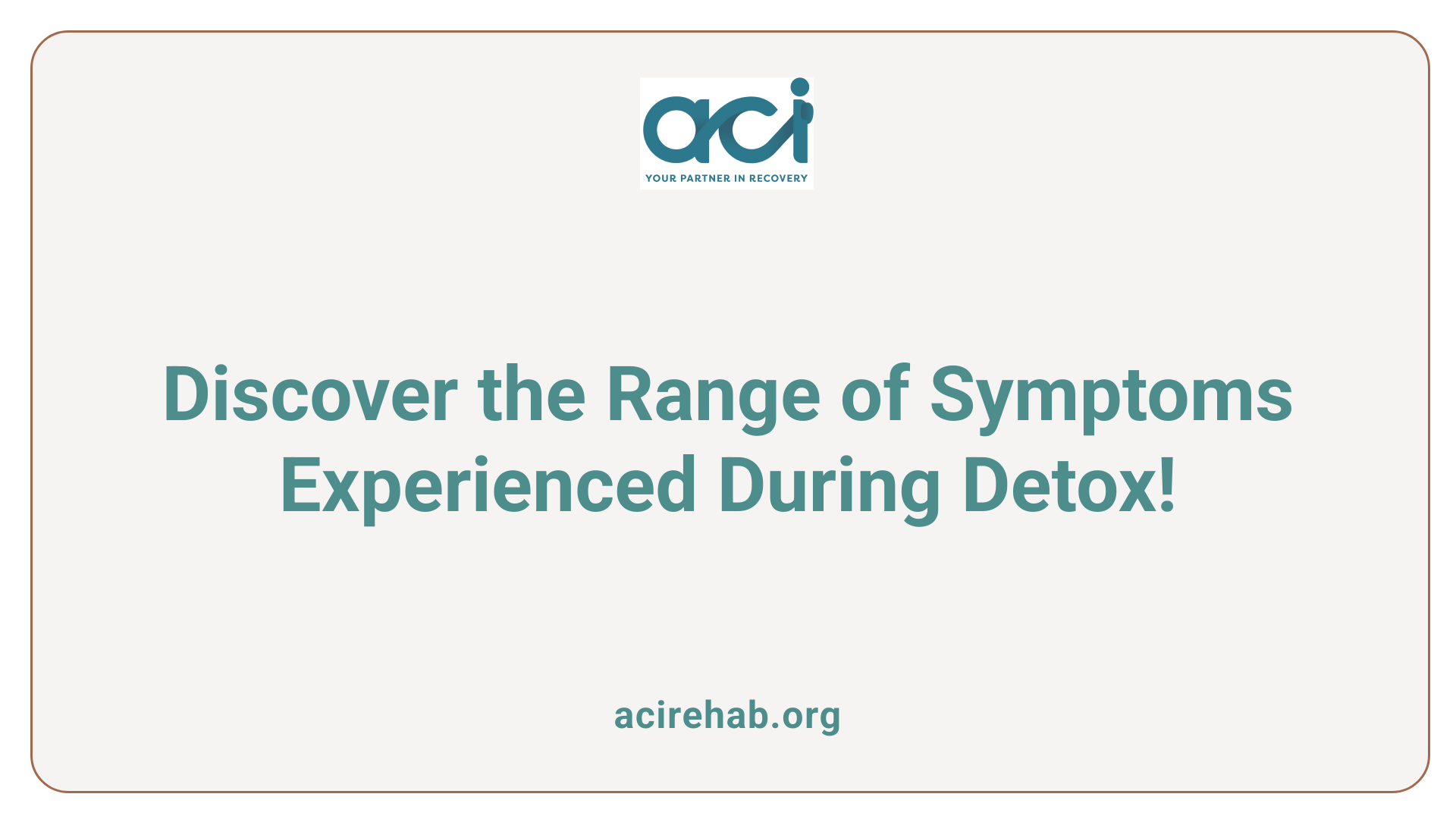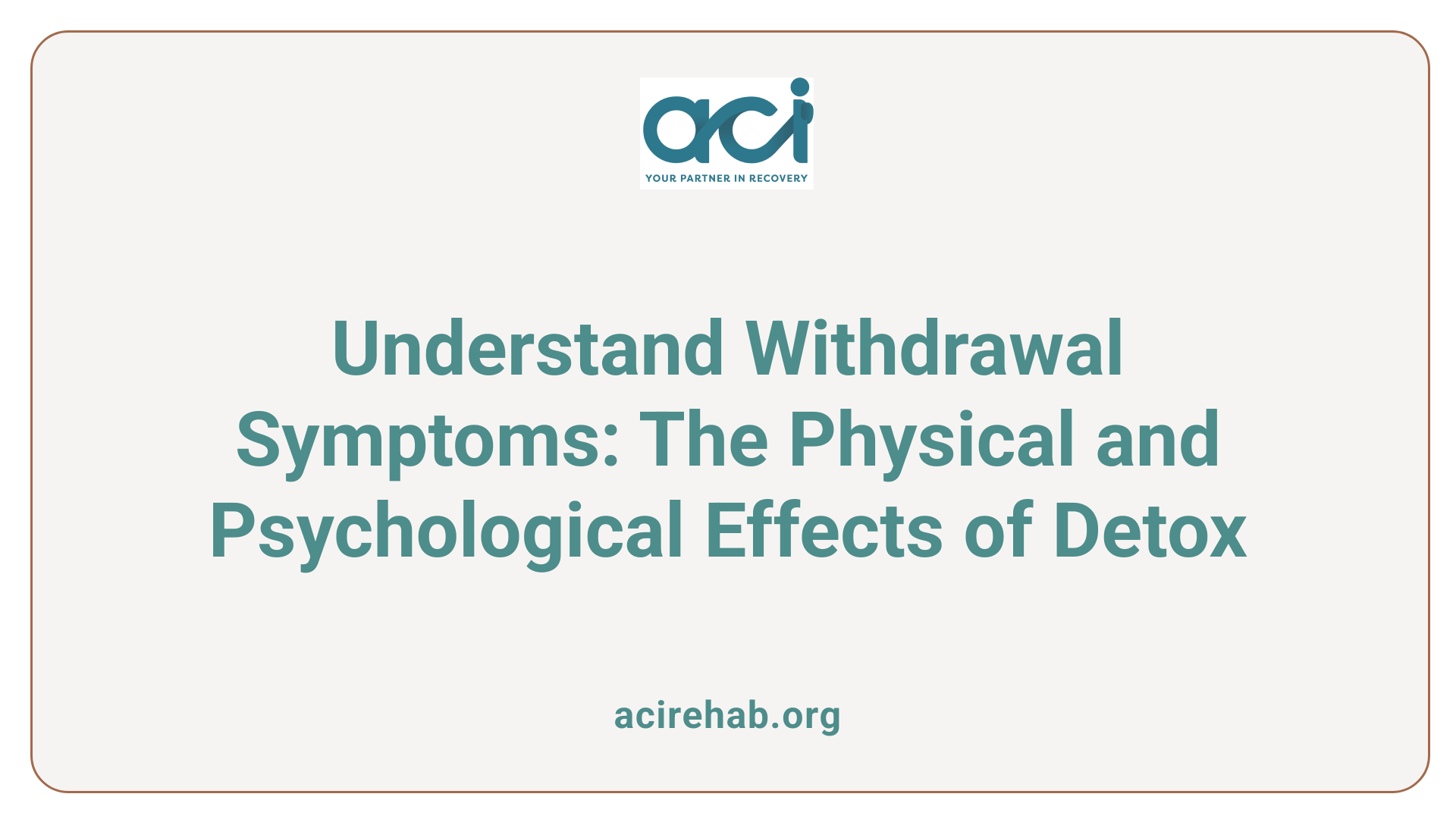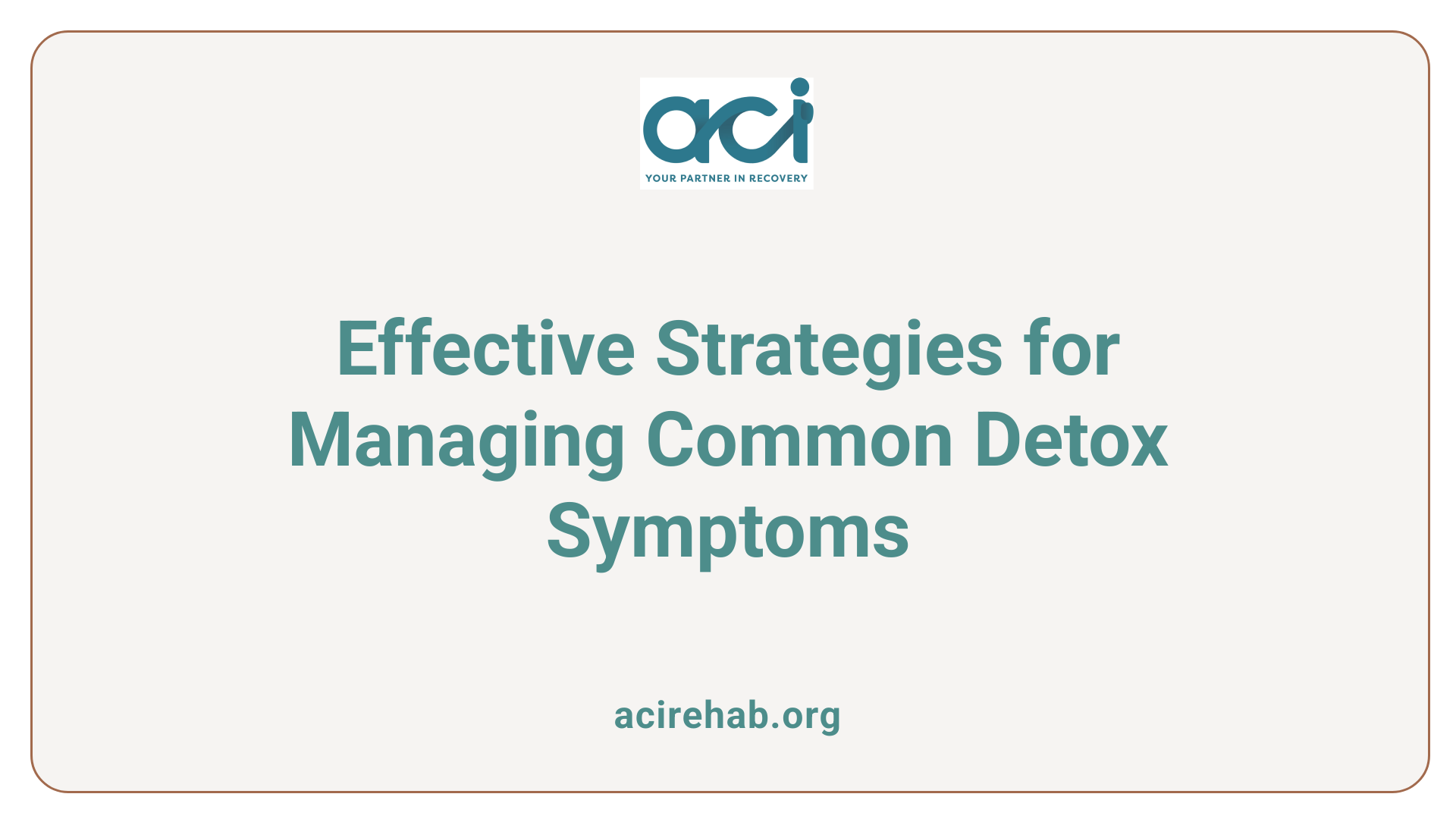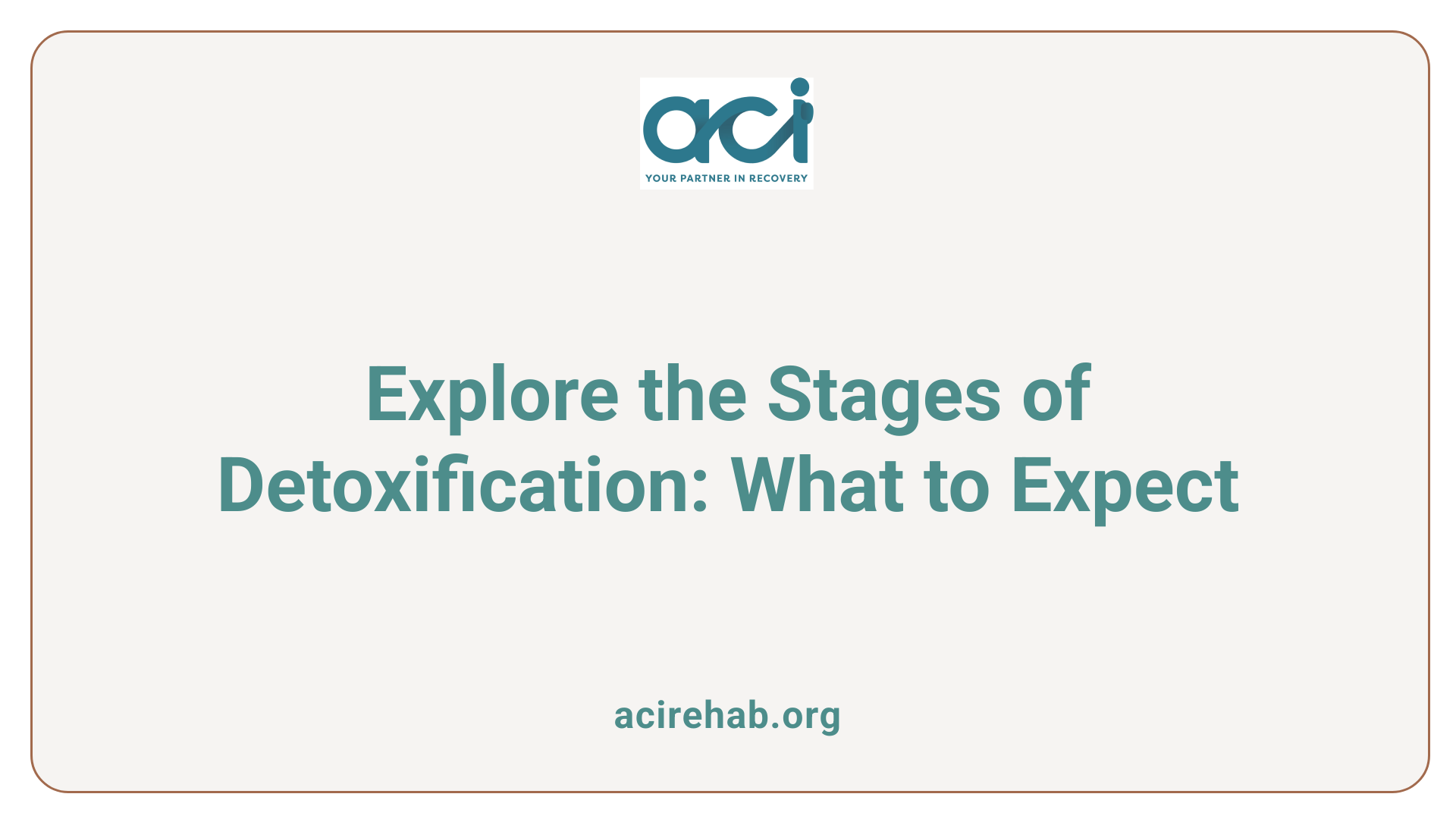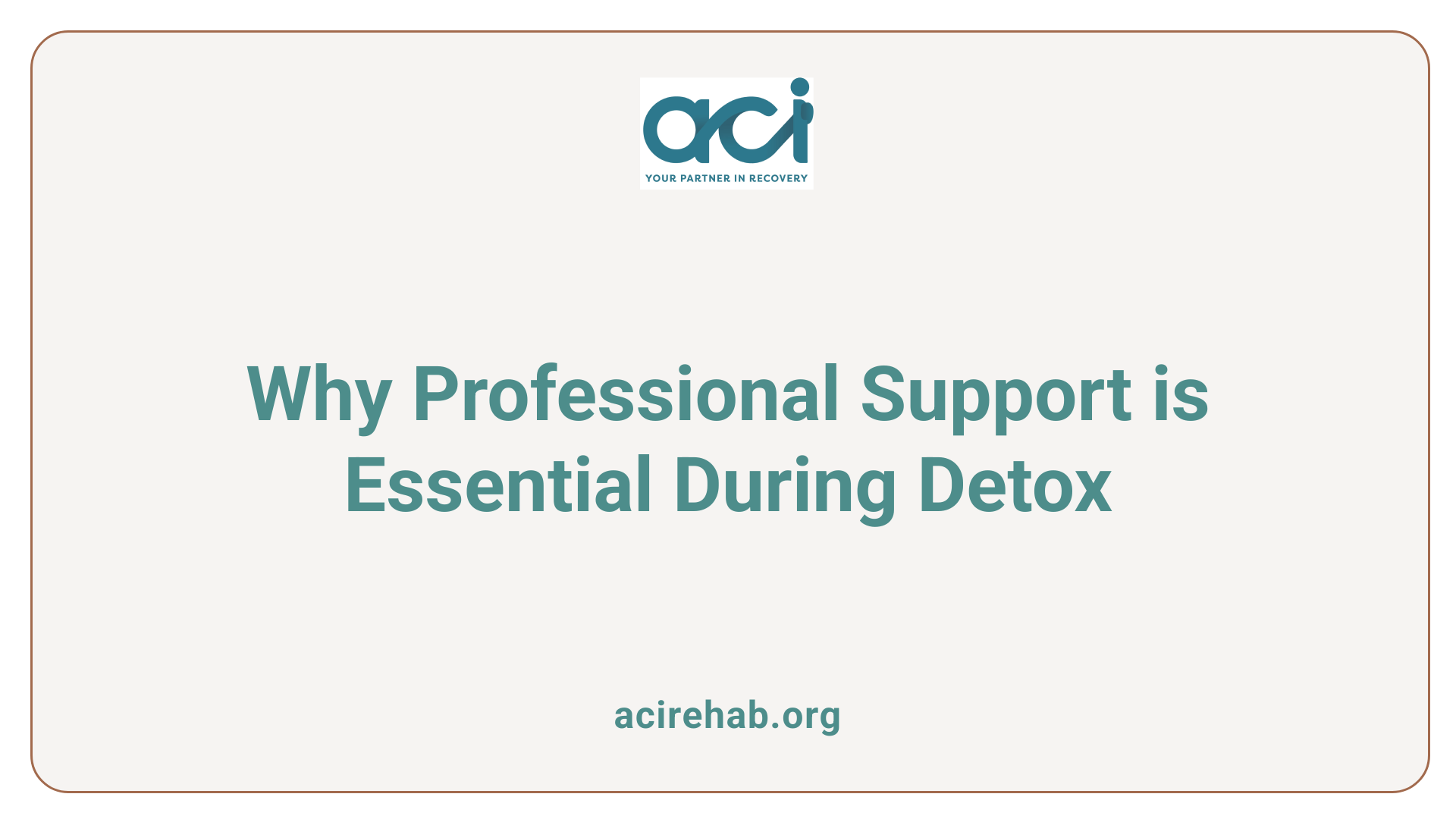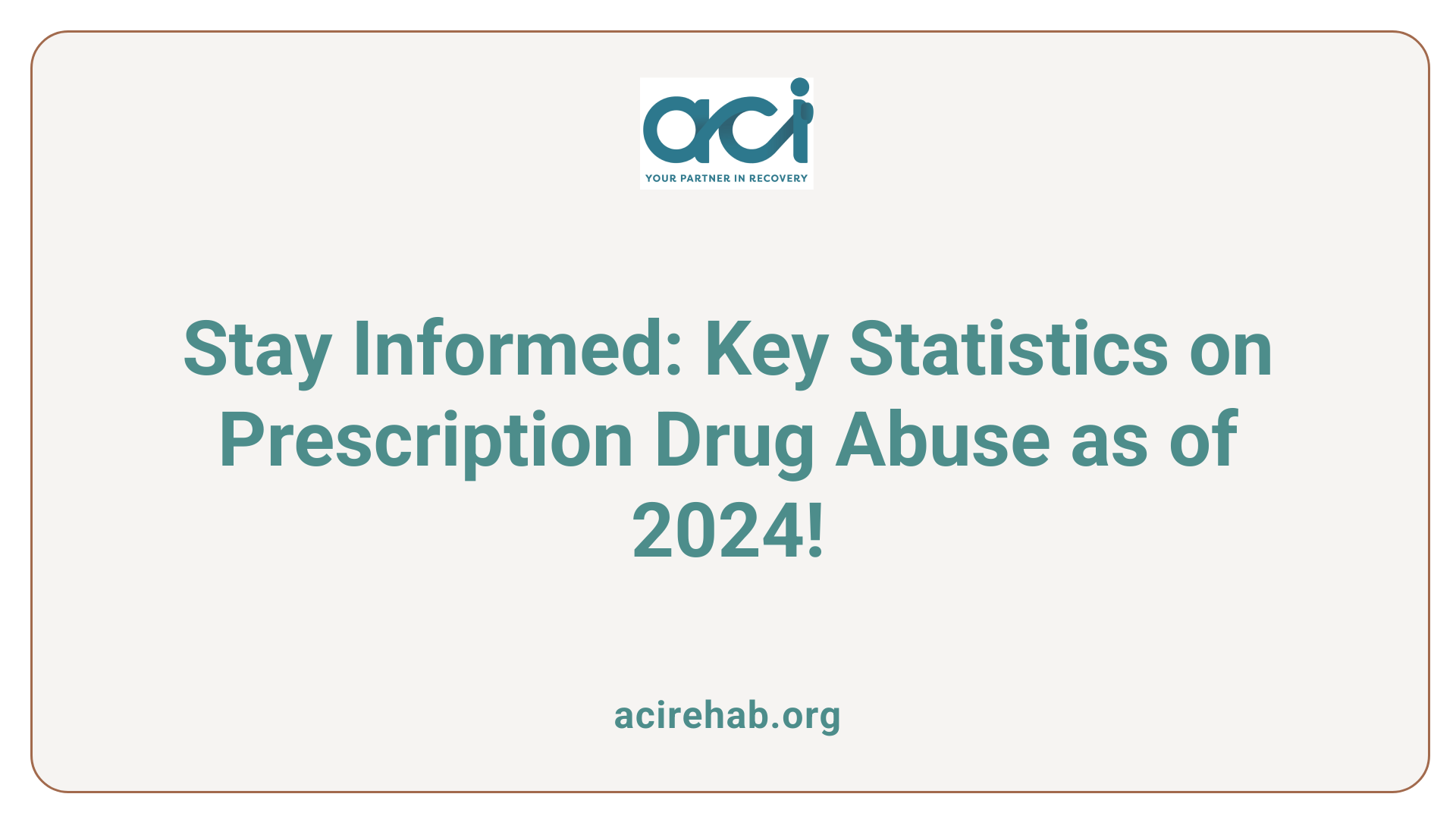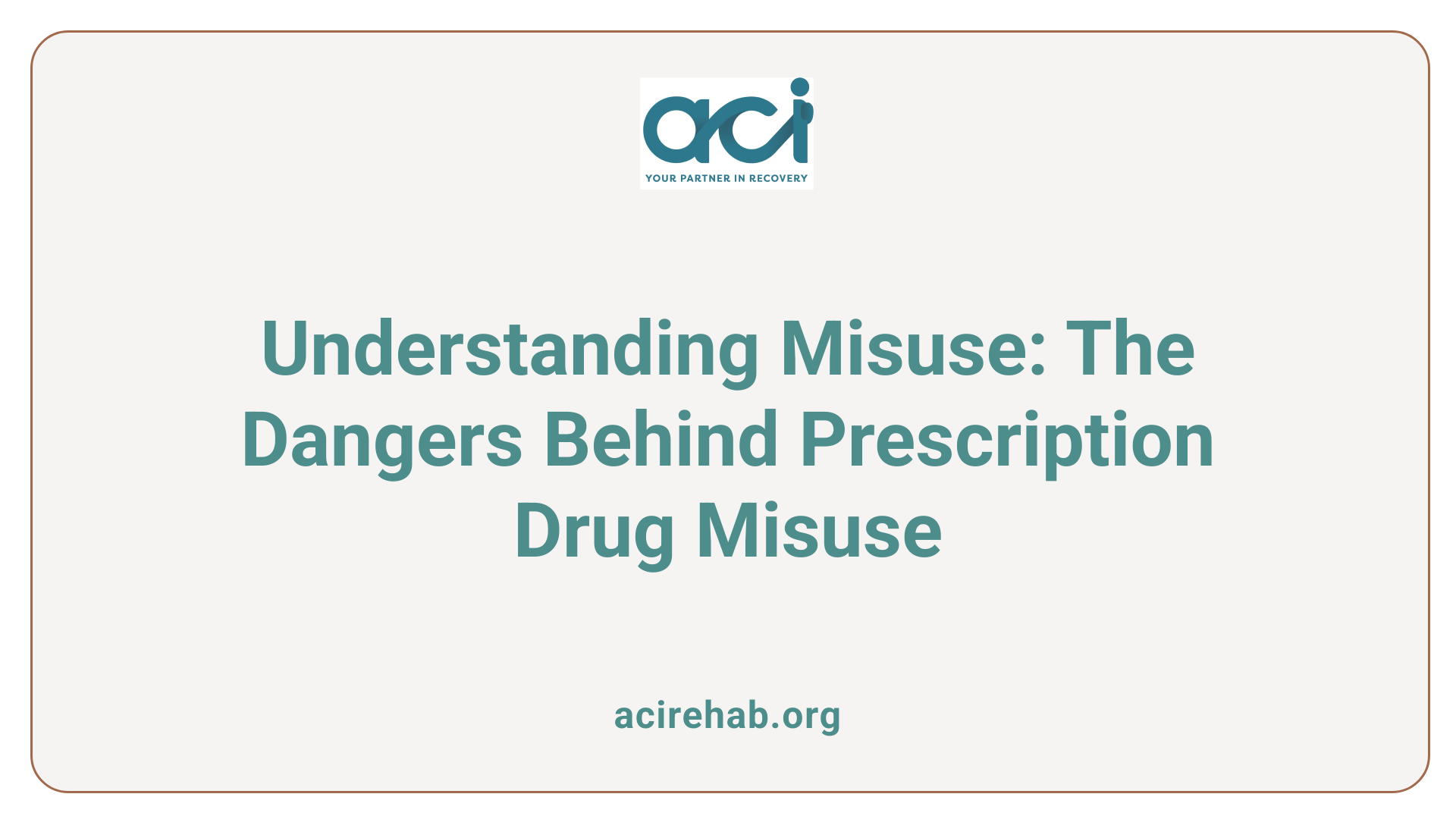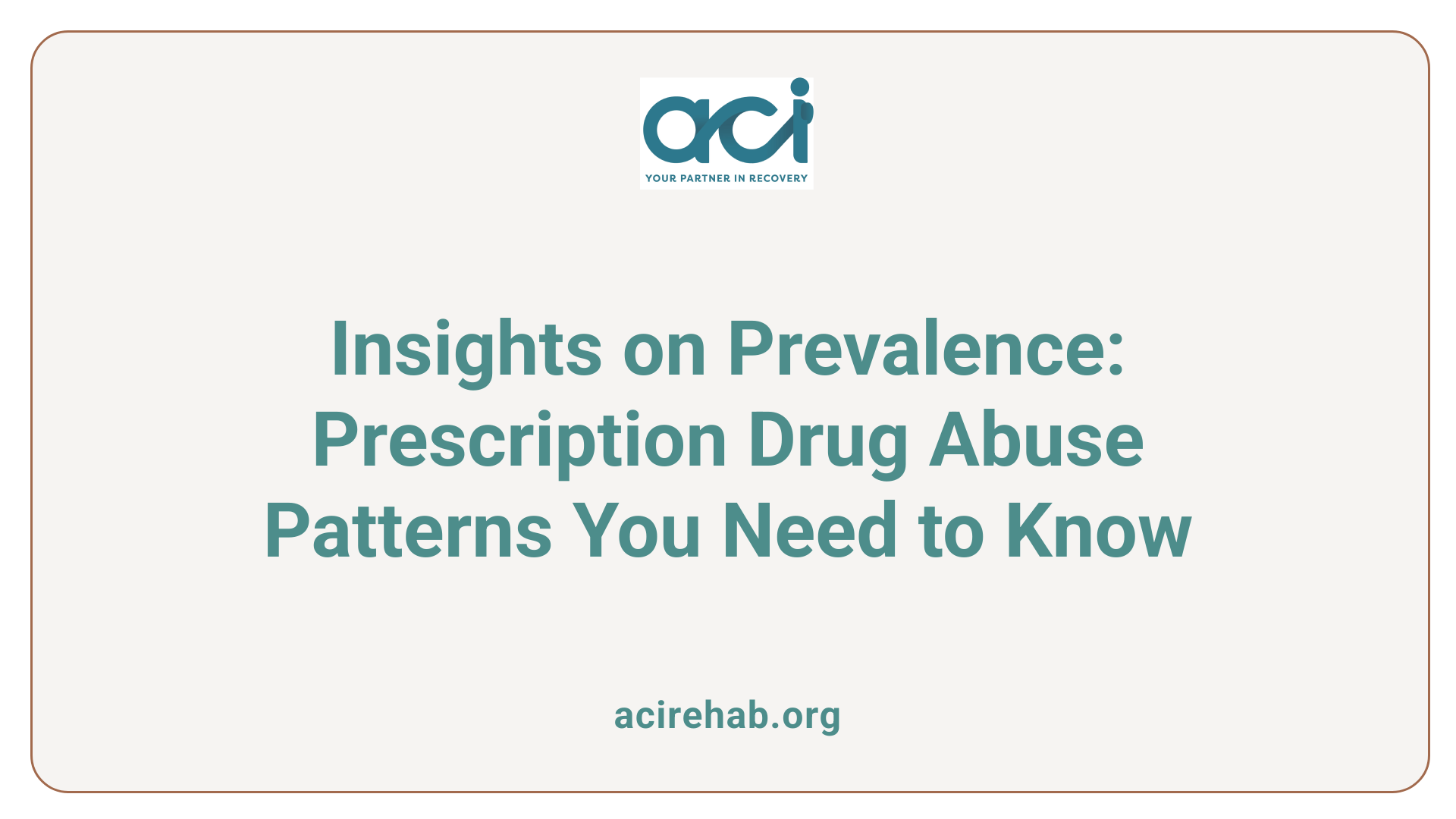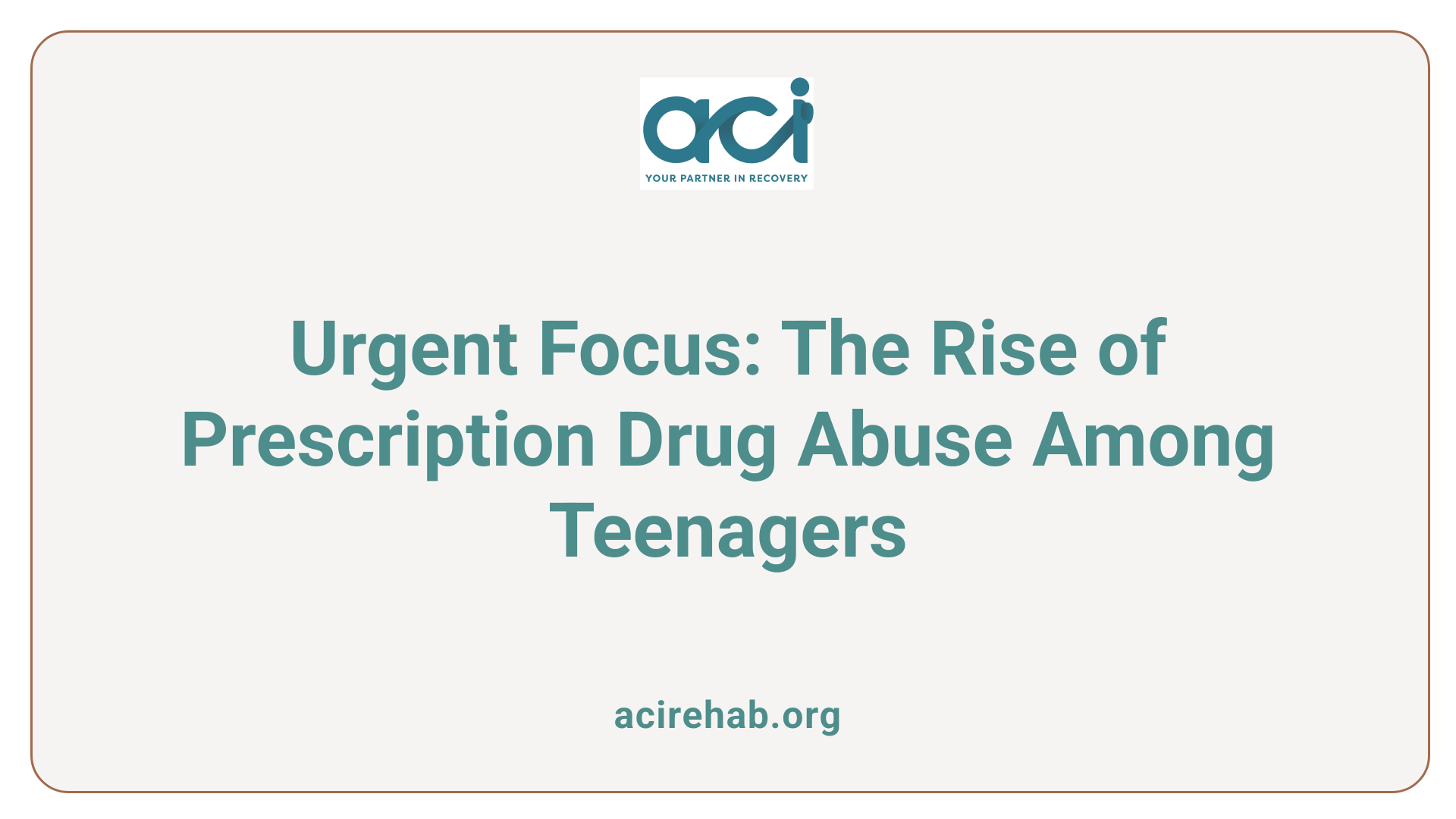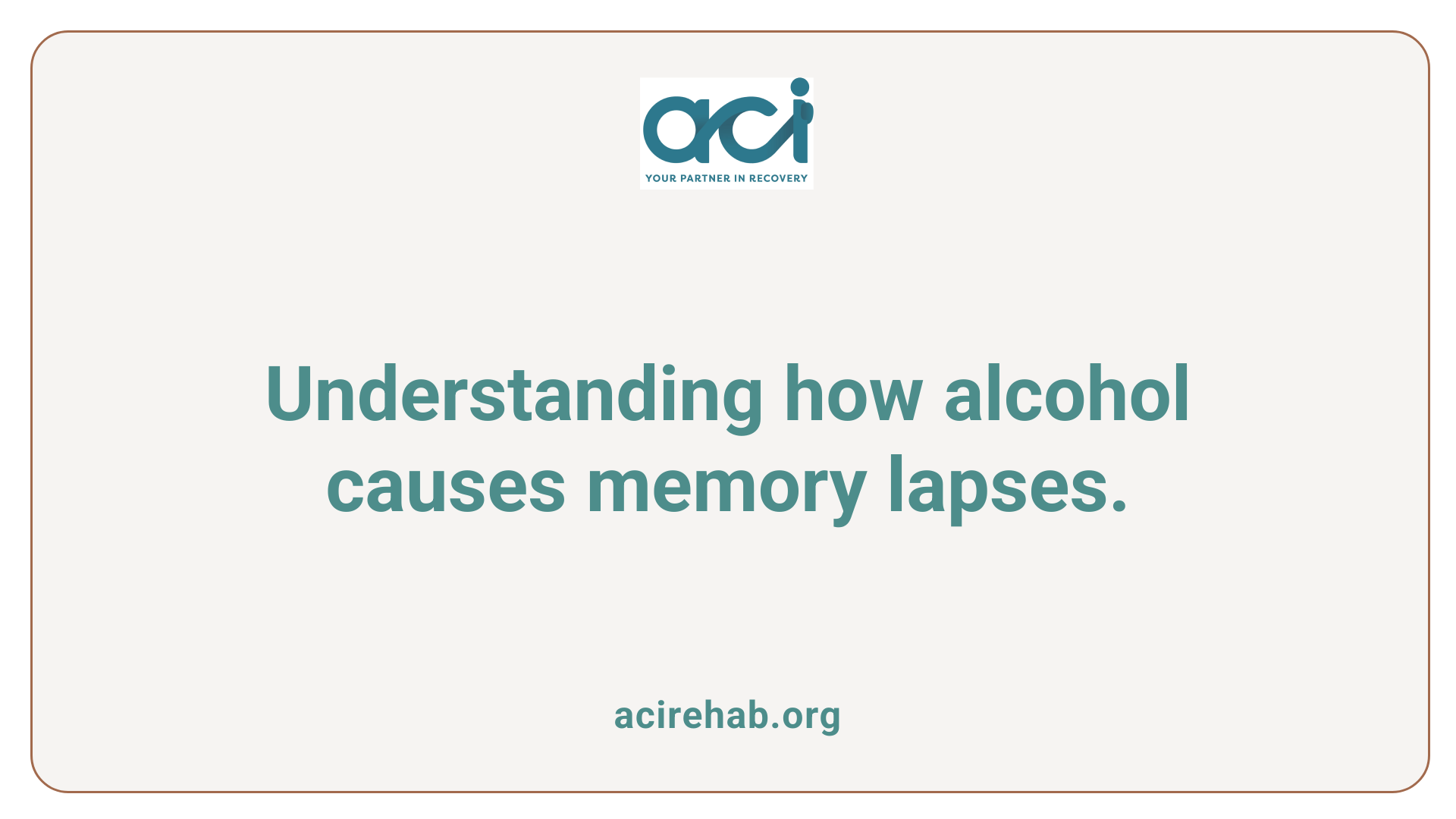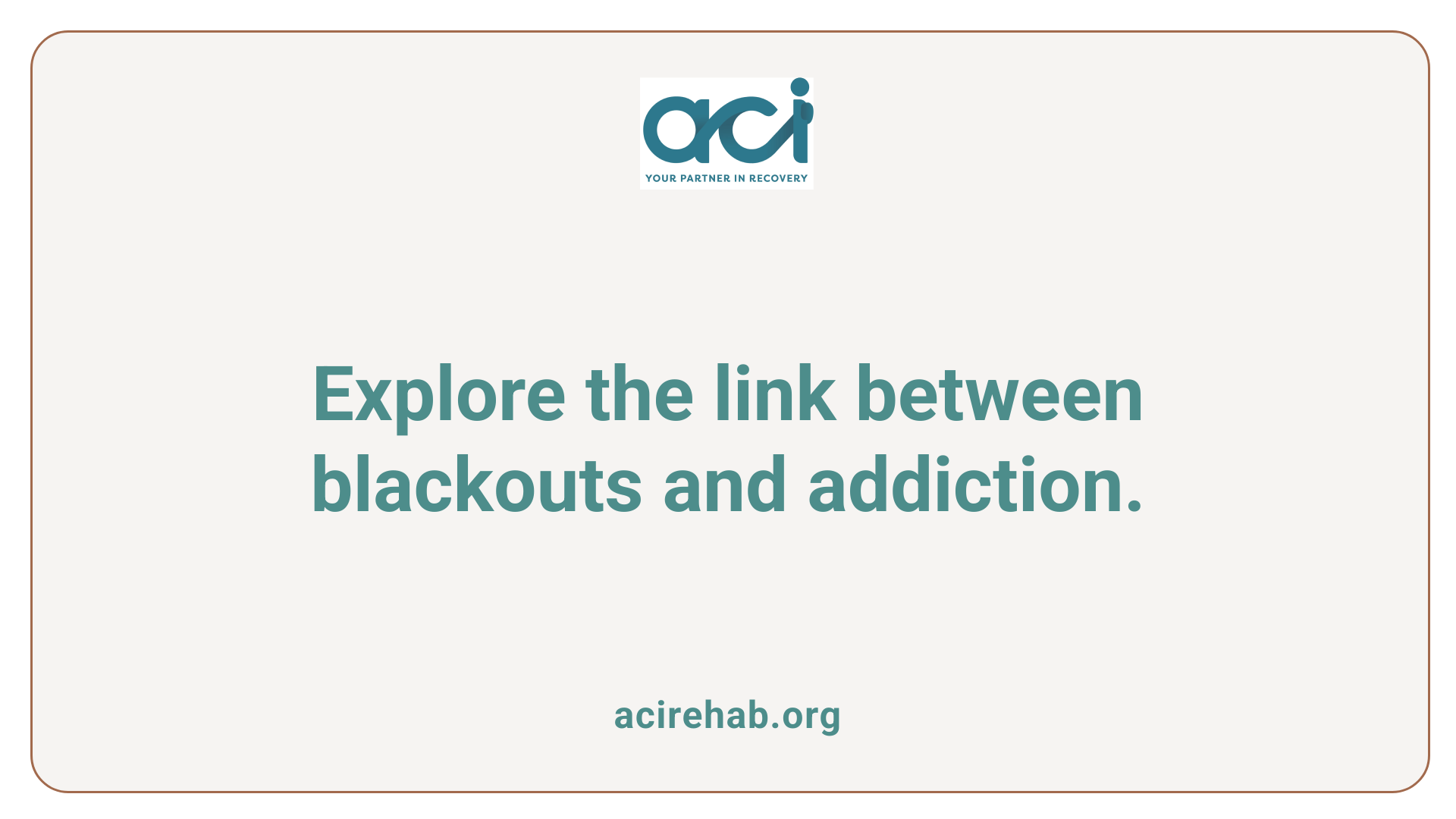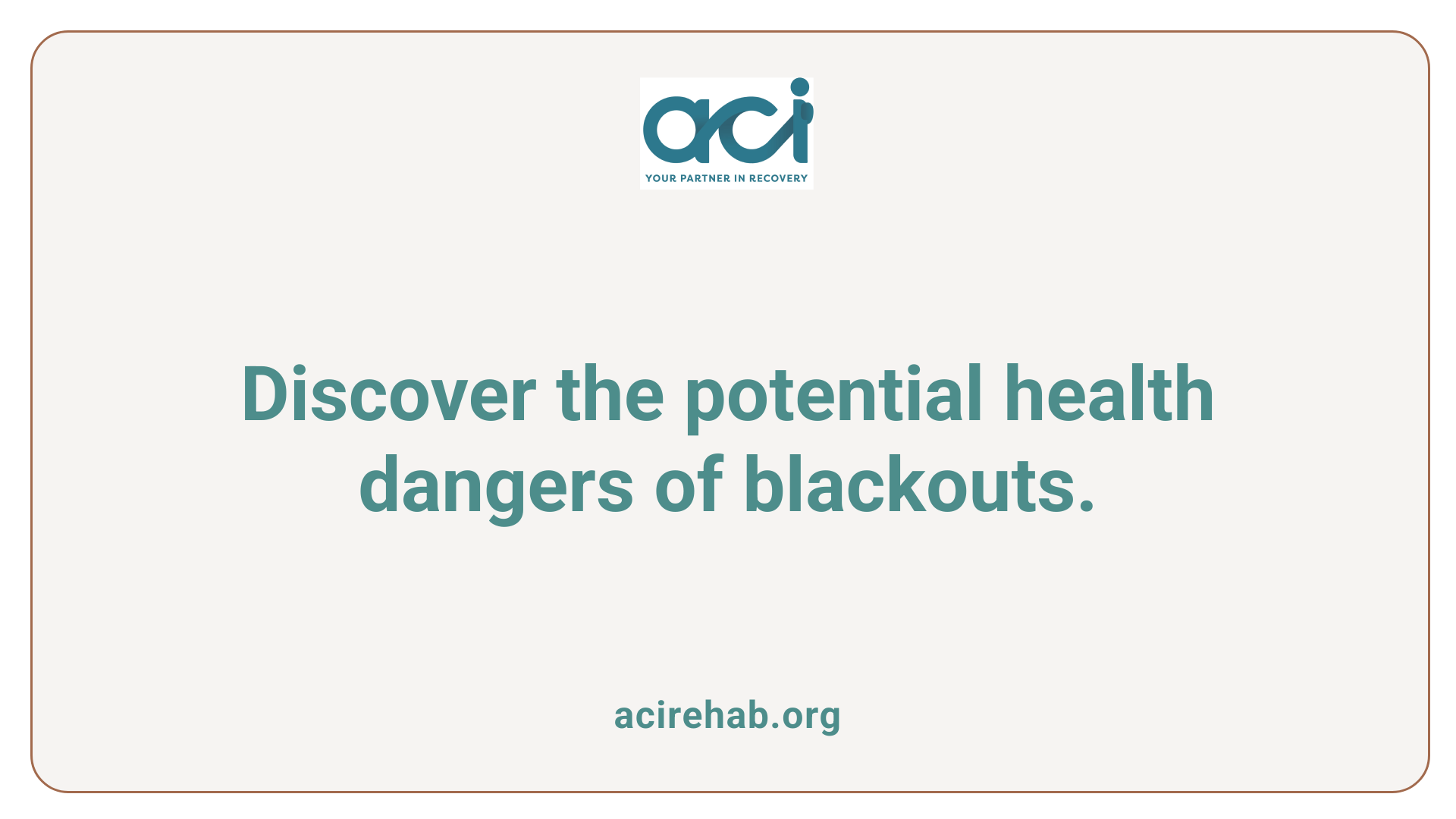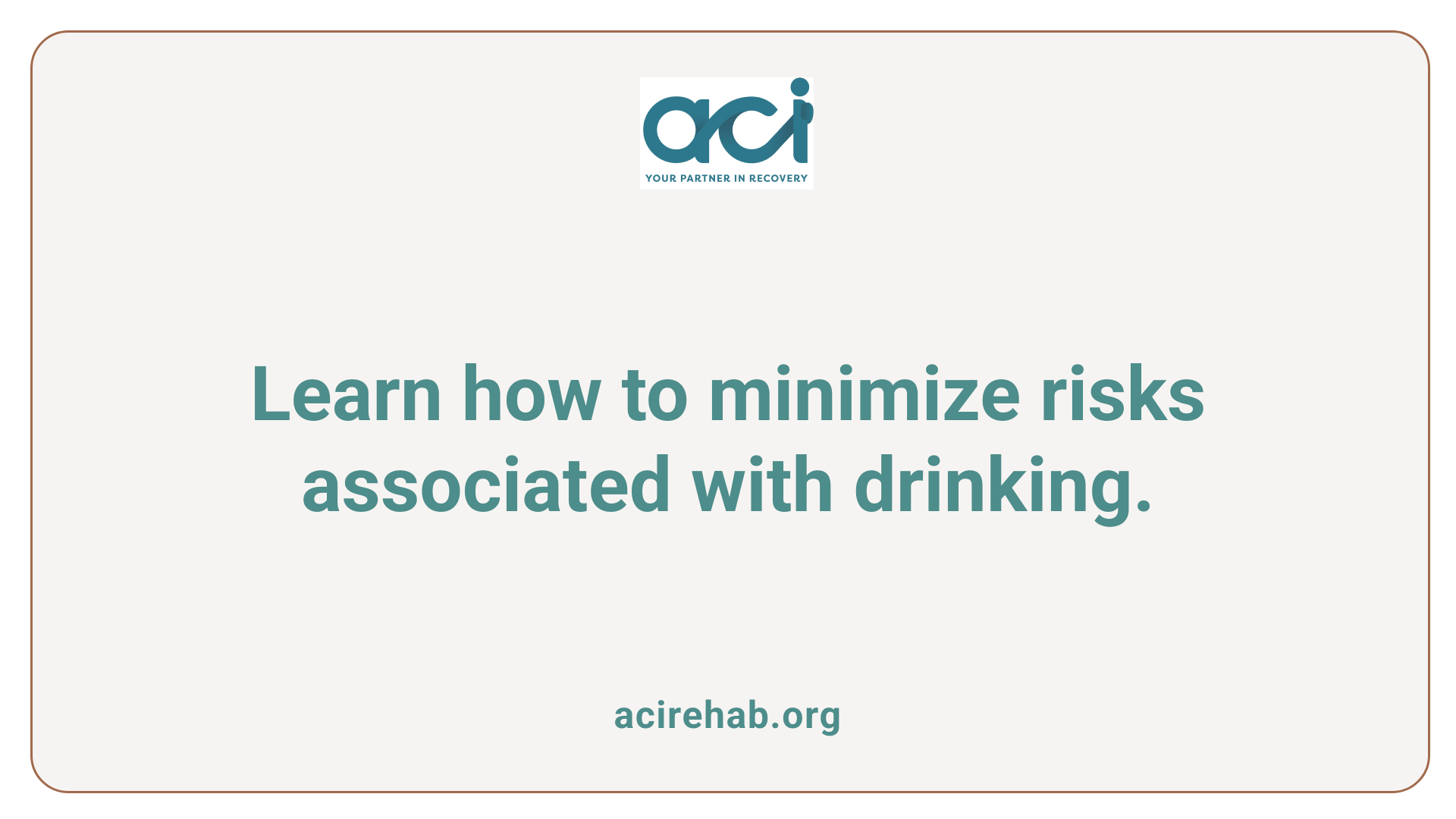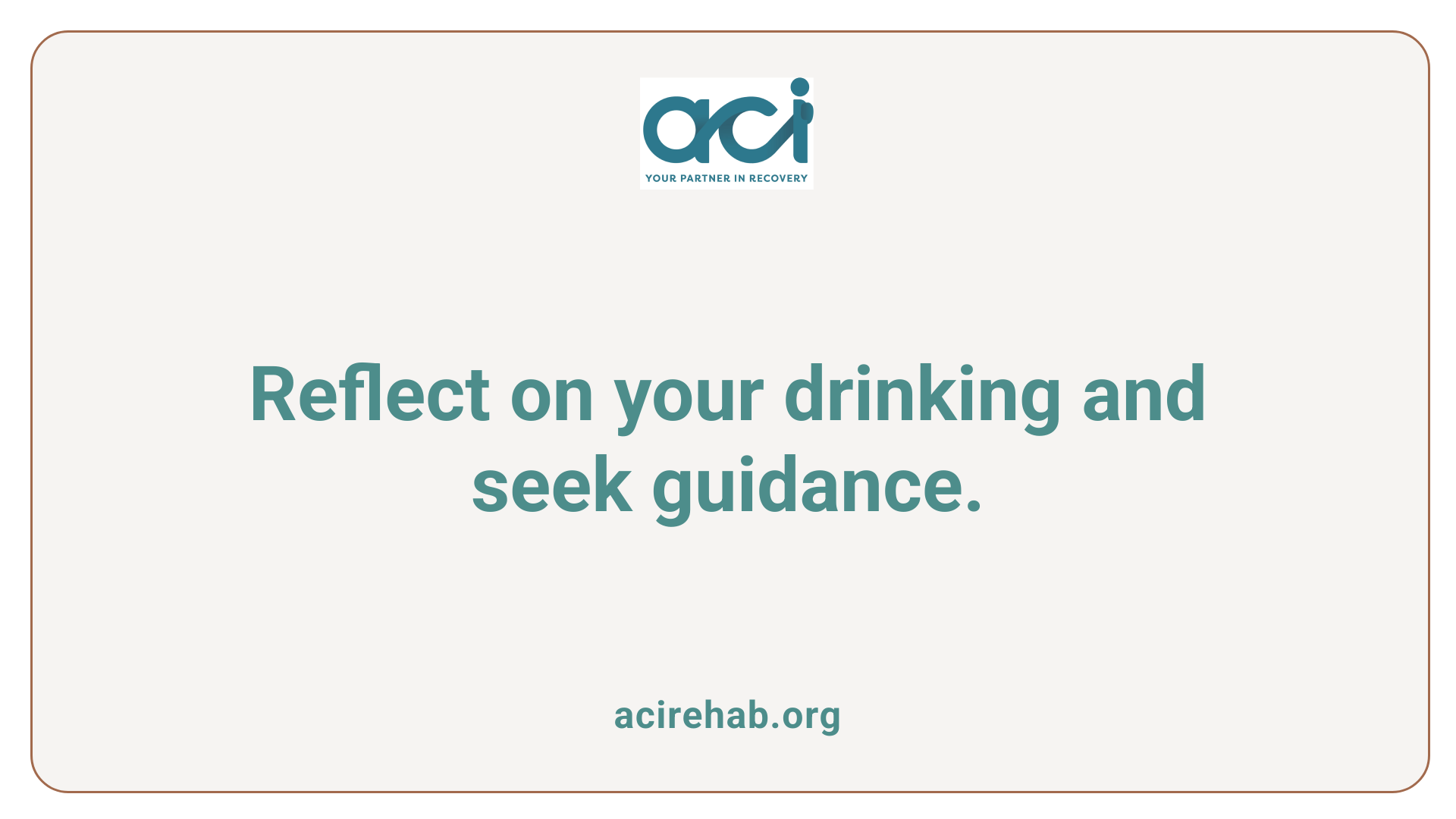Introduction to Dual Diagnosis
Dual diagnosis treatment programs are a crucial aspect of mental health and substance use disorder care. These programs address the simultaneous existence of both a mental health issue and a substance use disorder in an individual, a condition known as co-occurring disorders. Given the high prevalence of these intertwined conditions, understanding dual diagnosis treatment is vital for anyone seeking comprehensive care for themselves or their loved ones. This article explores the components, methodologies, and significance of such treatment initiatives.
Understanding Dual Diagnosis
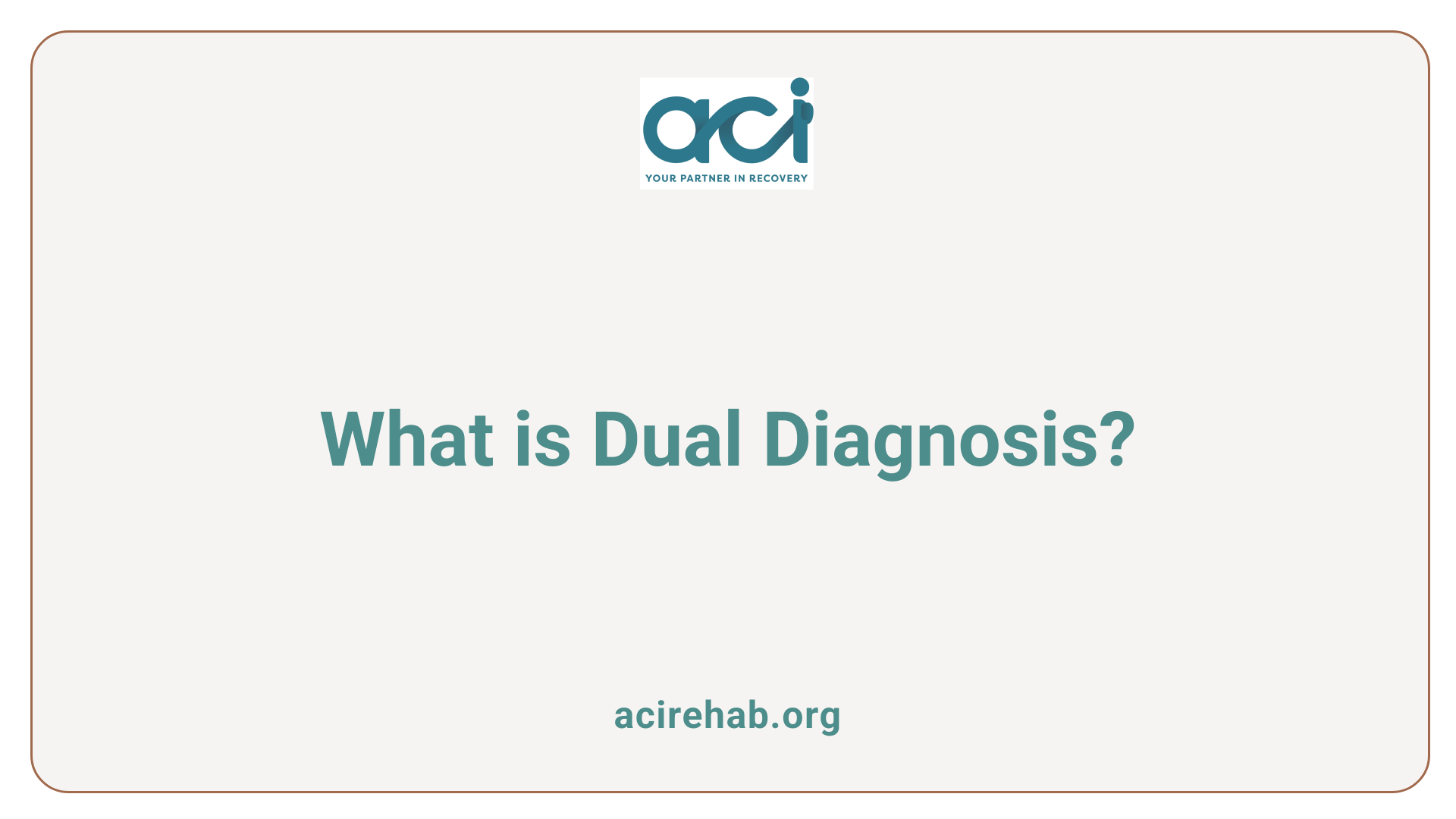
What is dual diagnosis treatment?
Dual diagnosis treatment is a comprehensive approach that addresses the simultaneous presence of a mental health disorder and a substance use disorder, also known as co-occurring disorders. Approximately 21.5 million adults in the U.S. are affected by these conditions, yet only a small fraction—around 9.1%—receive adequate treatment for both issues.
Common mental health disorders closely linked to substance use include:
- Depression
- Anxiety
- Bipolar Disorder
- Post-Traumatic Stress Disorder (PTSD)
These disorders can worsen addiction challenges, making integrated treatment essential.
The treatment utilizes evidence-based therapies such as Cognitive Behavioral Therapy (CBT) and Dialectical Behavior Therapy (DBT), which aim to modify harmful thoughts and behaviors. Medication management might also be necessary to alleviate symptoms of mental health disorders and curb cravings linked to substance use.
Overall, the focus of dual diagnosis treatment is on long-term recovery, equipping individuals with skills to manage both their sobriety and mental health effectively.
Prevalence of co-occurring disorders in the population
The prevalence of co-occurring disorders is significant, with recent estimates indicating that about 6.7% of U.S. adults experienced both a mental illness and a substance use disorder in 2020.
Notably, around 50% of people with severe mental disorders also struggle with substance abuse issues. The intersection of these disorders can often lead to a complex treatment landscape.
Understanding why these conditions frequently occur together is essential. Common underlying factors include genetics, trauma, and stress—known as common risk factors—that can exacerbate both mental health issues and substance reliance.
In conclusion, the need for effective dual diagnosis treatment is clear. Given the significant numbers affected, enhancing access to integrated services is crucial to improving outcomes for those dealing with these intertwined conditions.
Integration in Dual Diagnosis Treatment
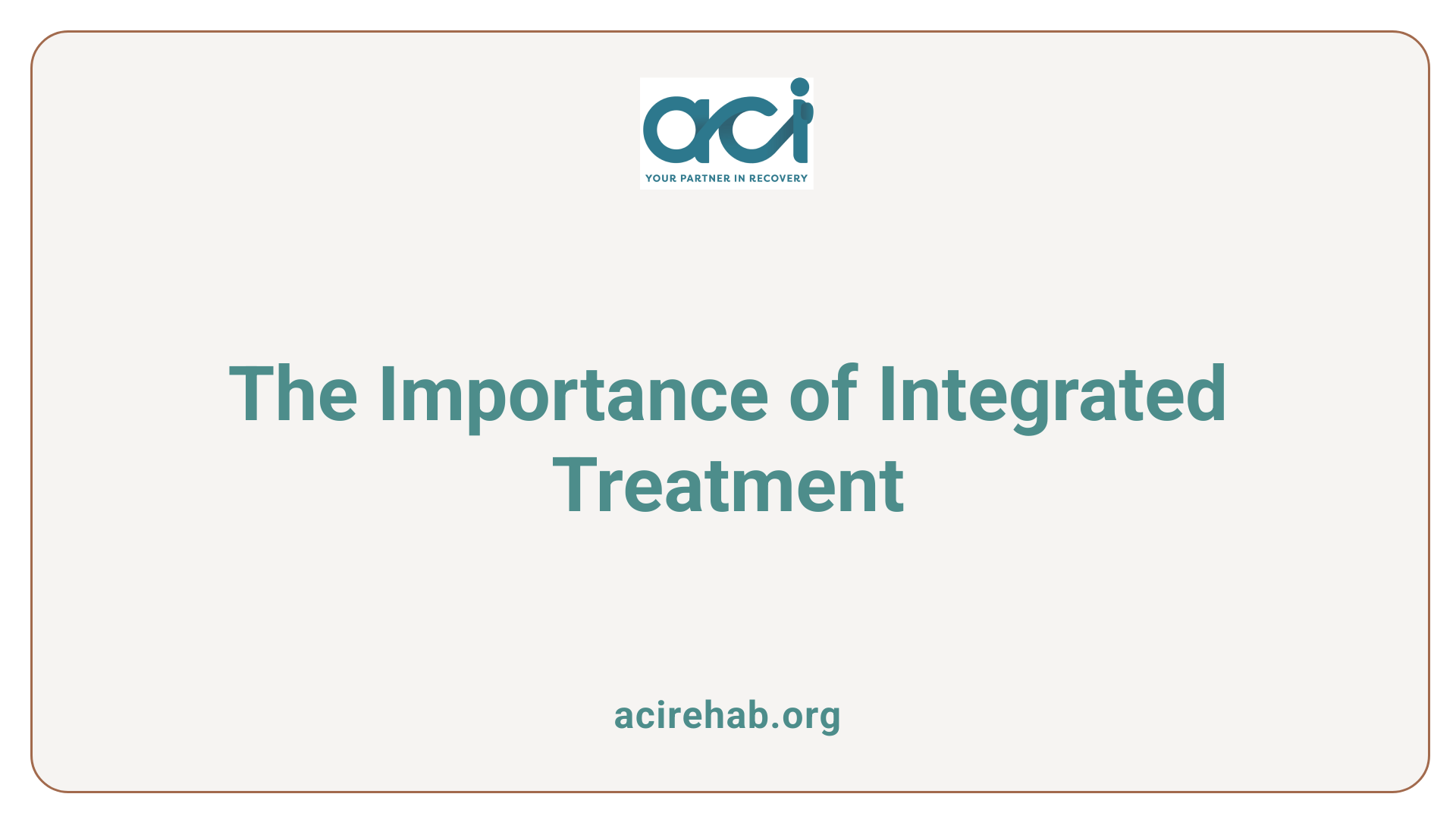
Why is integrated treatment important for dual diagnosis?
Integrated treatment is essential for dual diagnosis because it concurrently addresses both substance use disorders and mental health conditions. This method significantly improves treatment outcomes. Research shows that treating these disorders separately often leads to insufficient progress.
In particular, a model like Integrated Dual Disorder Treatment (IDDT) provides a coordinated care approach that enhances patient engagement and consistency. The high prevalence of co-occurring disorders highlights the need for routine screening to identify individuals who can benefit from integrated services. Studies indicate that IDDT is effective in reducing relapses and hospitalizations, while also improving the overall quality of life for those facing dual diagnoses.
Ultimately, integrated treatment strategies foster comprehensive care, which is essential for individuals navigating the complex challenges posed by both mental health issues and substance use disorders.
What are the benefits of an integrated approach?
The benefits of an integrated approach to dual diagnosis treatment are several:
- Holistic Care: Addresses both mental health and substance use issues simultaneously, ensuring that each condition is treated in relation to the other.
- Reduced Relapse Rates: By managing both issues together, individuals often experience lower rates of relapse compared to those who are treated separately.
- Improved Quality of Life: Successful integrated treatment enhances the overall well-being of clients, improving their daily functioning and personal relationships.
- Tailored Treatment Plans: Treatment can be personalized to address specific combinations of substance use and mental health disorders, increasing the likelihood of effective interventions.
- Streamlined Communication: Integrated treatment promotes collaboration among various health professionals, ensuring better continuity of care.
In summary, these benefits underscore why integrated treatment is not only effective but vital for those with dual diagnosis.
Examples of Dual Diagnosis
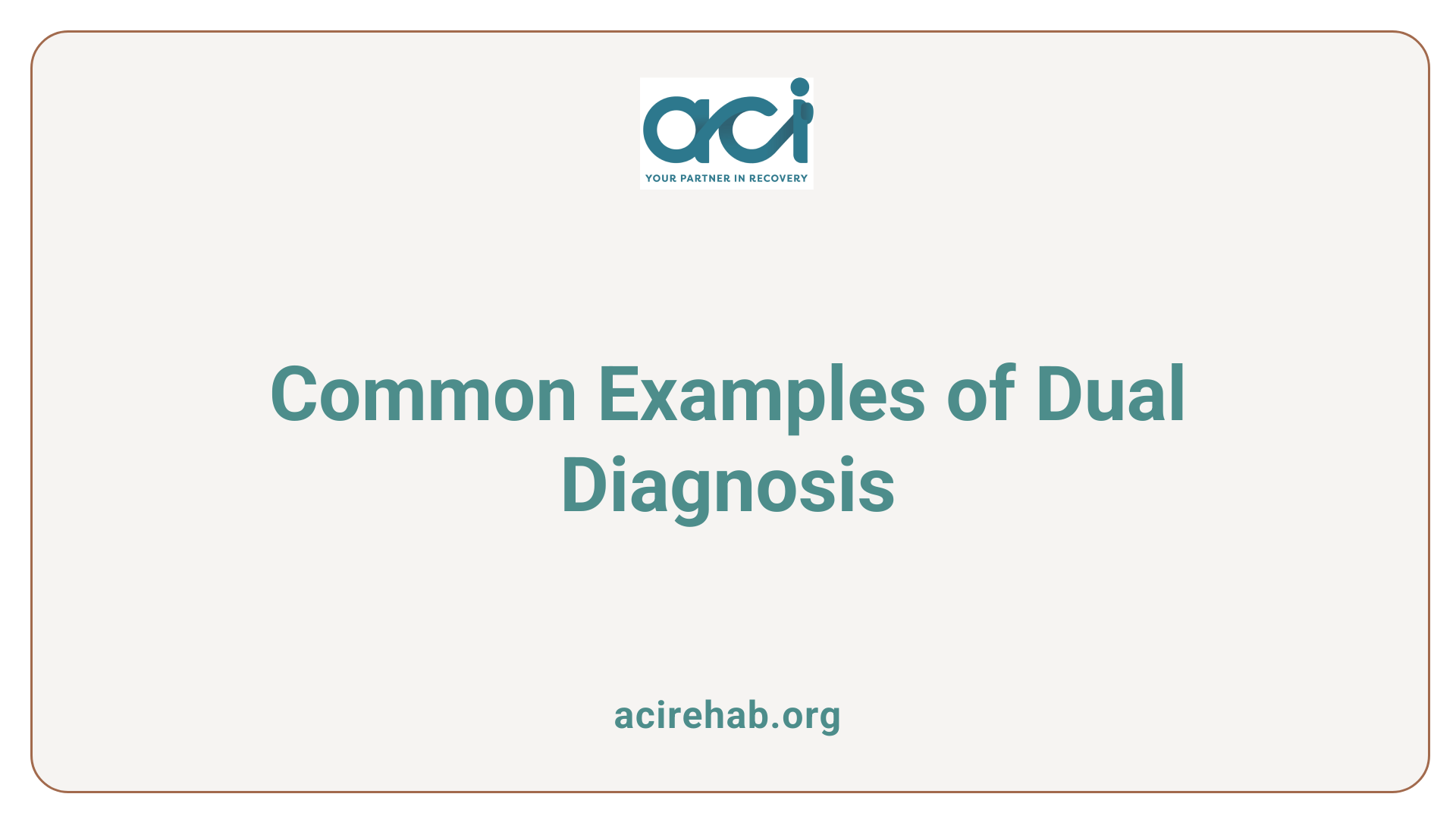
What are some examples of dual diagnosis?
Dual diagnosis often manifests as a combination of a mental health disorder and a substance use disorder. Common examples include:
- Depression with Alcoholism: Individuals may turn to alcohol to cope with feelings of sadness, leading to dependence.
- Anxiety Disorders with Drug Addiction: Someone with anxiety might misuse substances like cocaine to alleviate their symptoms temporarily.
- Bipolar Disorder with Opioid Addiction: The extreme mood swings of bipolar disorder may push some individuals toward substance abuse as a form of self-medication.
- Schizophrenia with Marijuana Use: Those battling schizophrenia might use marijuana, mistakenly believing it helps manage their symptoms.
Research indicates that around 50% of individuals with a substance use disorder will concurrently experience a mental health disorder. This interplay requires a complex treatment strategy that addresses both conditions. Integrated approaches, including behavioral therapies, medication management, and support groups, play vital roles in recovery.
What challenges arise in identifying and managing dual diagnosis?
Identifying dual diagnosis can be challenging due to overlapping symptoms between mental health and substance use disorders. For instance, signs of anxiety may appear similar whether caused by a mental health issue or a substance’s effects. Moreover, treatment becomes complicated since each disorder can exacerbate the other.
Ensuring both disorders receive appropriate treatment simultaneously is crucial. However, many treatment programs often prioritize one disorder over the other. This dual oversight can lead to gaps in care, emphasizing the need for integrated services tailored for those with co-occurring disorders.
The Role of Dual Diagnosis Workers
What does a dual diagnosis worker do?
A dual diagnosis worker plays a crucial role in supporting individuals facing both mental health disorders and substance use disorders. Their primary responsibility is to provide solution-focused support tailored to address the unique challenges of co-occurring disorders. This includes creating crisis plans to help clients cope during emotional or psychological emergencies.
Responsibilities and skills required for dual diagnosis workers
The skill set of a dual diagnosis worker includes empathy, active listening, and knowledge of both mental health and addiction treatment. They are trained to identify the signs of dual diagnosis, develop individualized treatment plans, and connect clients with appropriate resources. Their expertise in communicating effectively also allows them to foster relationships that promote trust and cooperation.
Support provided to clients with co-occurring disorders
Support from dual diagnosis workers may involve facilitating group therapy sessions, coordinating care among various health professionals, and encouraging self-management strategies. By working closely with clients, they empower individuals to take an active role in their recovery journey, enhancing the likelihood of long-term success.
Benefits of Dual Diagnosis Treatment Programs
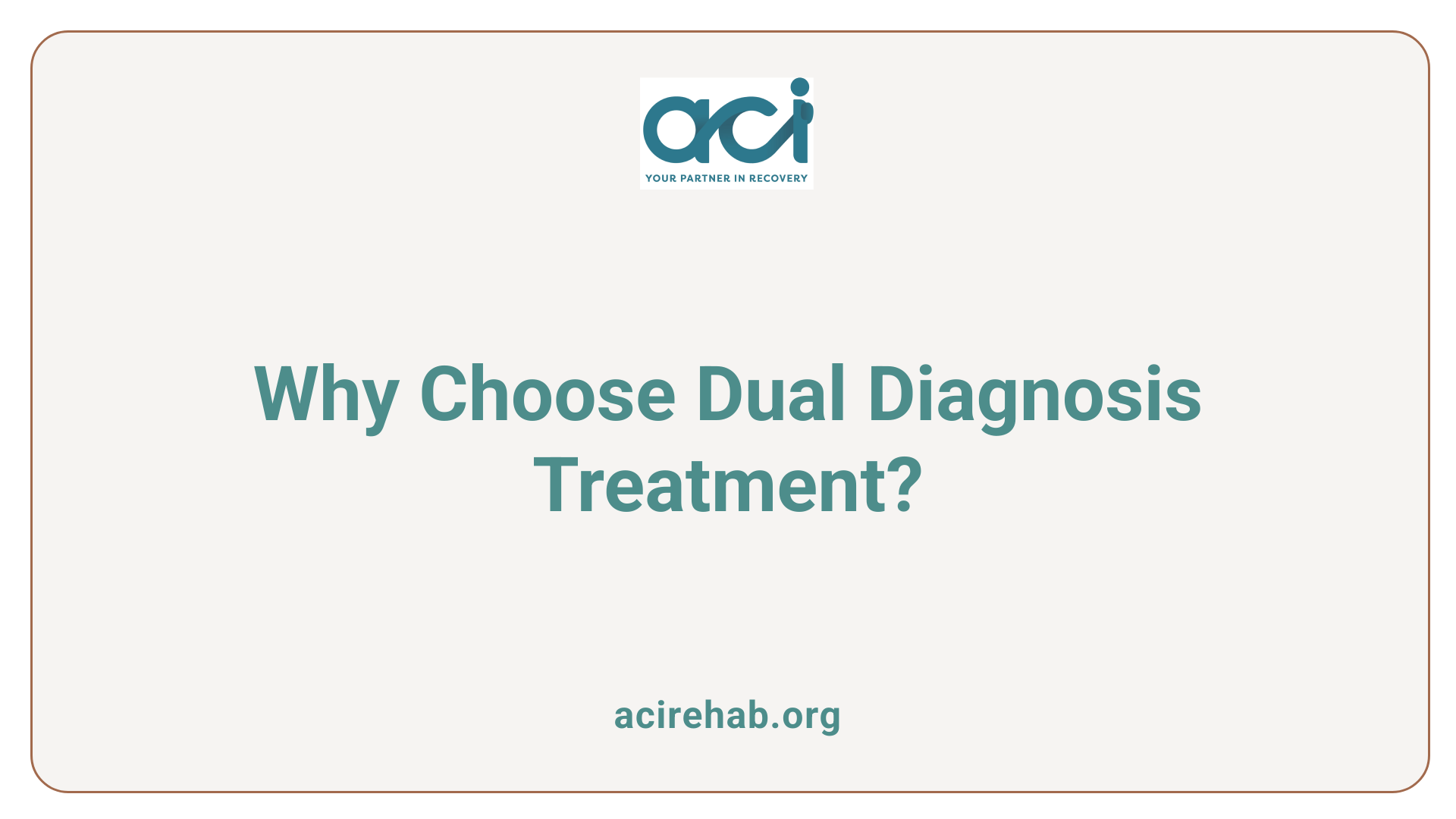
What are some of the benefits of the dual diagnosis treatment model?
Dual diagnosis treatment programs provide a multifaceted approach to recovery by addressing both substance use disorders and mental health issues concurrently. One primary benefit of this model is the increased success in recovery rates. Studies show that when individuals receive treatment for both conditions at once, it leads to improved outcomes compared to addressing them separately.
Participants often experience enhanced mental health outcomes. The treatment includes learning coping skills and techniques to ease the anxiety associated with untreated mental health disorders. As their mental state stabilizes, individuals report an overall reduction in distress.
Another significant aspect of dual diagnosis programs is their positive impact on physical health. As addiction symptoms are treated, there tends to be a greater emphasis on overall wellness, including nutrition, exercise, and rest, which further supports recovery.
Through dual diagnosis treatment,
individuals gain valuable insights into the link between their substance use and mental health challenges, which empowers them to take greater control over their recovery processes. Reclaiming this agency fosters motivation, as individuals witness tangible improvements and feel encouraged to pursue their treatment goals more vigorously.
Impact on quality of life and recovery success
The holistic approach employed in dual diagnosis treatment not only advances recovery success but also enhances overall quality of life. Patients develop a stronger sense of self-awareness and resilience, which contributes to more stable daily living. By integrating mental health care with substance use treatment, these programs effectively reduce the risk of relapse and improve long-term sobriety rates.
In summary, the benefits of dual diagnosis treatment programs extend beyond mere symptom management; they promote comprehensive healing for both the mind and body, resulting in a more fulfilling and healthier life for individuals.
Relationship Between Mental Health and Substance Use Disorders
What is the relationship between mental health disorders and substance use disorders?
Mental health disorders and substance use disorders (SUDs) frequently coexist, a phenomenon known as co-occurring disorders. This relationship is significant as it complicates treatment and recovery for individuals facing these challenges.
Research indicates that individuals with SUDs often experience other mental health issues. Common comorbidities include anxiety, depression, and attention deficit hyperactivity disorder (ADHD). Shared risk factors, such as genetic predispositions, environmental influences, and historical trauma, contribute to this overlap.
Furthermore, many people may engage in substance use as a form of self-medication to cope with mental health symptoms. This self-medication behavior often exacerbates their conditions, leading to a vicious cycle of worsening mental health and increasing substance dependence. Over time, the substances can induce changes in brain structure and function, potentially resulting in new mental health disorders or intensifying existing ones.
Shared risk factors and implications for treatment
The interplay between mental health and substance use disorders highlights the importance of integrated treatment approaches. Treatment programs that address both conditions simultaneously are essential for improving health outcomes. Failing to do so can result in inadequate care for one or both disorders, increasing the risk of relapse and diminishing recovery prospects.
Individualized treatment plans should consider the specific mental health disorders and the substances abused to create a holistic approach. Evidence-based therapies, such as cognitive-behavioral therapy (CBT) and dialectical behavior therapy (DBT), play a crucial role in managing both conditions.
Moreover, medication management can assist in controlling symptoms of mental health disorders while reducing cravings associated with substance use. Integrated treatment not only aims to reduce substance abuse but also seeks to improve overall mental health, stability, and quality of life for individuals affected by co-occurring disorders.
Understanding this complex relationship is vital for developing effective, tailored treatment solutions that can lead to more successful recovery outcomes.
Components of Dual Diagnosis Treatment Programs
What are the components of dual diagnosis treatment programs?
Dual diagnosis treatment programs are specifically designed to address the complexities of individuals experiencing both co-occurring mental health and substance use disorders. These programs take an integrated approach, ensuring that treatment for both conditions occurs concurrently.
Key Components:
-
Multidisciplinary Team:
A team of various professionals, including psychiatrists, psychologists, therapists, and social workers, collaborates to create a personalized treatment plan. This team approach is essential for effectively managing the simultaneous complexities of both disorders. -
Individualized Treatment Plans:
Each patient’s plan may incorporate a combination of evidence-based therapies, such as Cognitive Behavioral Therapy (CBT) and Dialectical Behavior Therapy (DBT), tailored to address their unique needs and preferences. -
Medication Management:
To alleviate mental health symptoms that may contribute to substance use and vice versa, medication management is often integral to the treatment process. -
Peer Support and Life Skills Training:
Programs typically include peer support groups and training in life skills, which help individuals reintegrate into society and manage daily challenges effectively. -
Aftercare Planning:
Long-term recovery is supported through comprehensive aftercare planning that includes involvement of family and continued support services, enhancing the chances for sustained recovery.
Overall, dual diagnosis treatment programs prioritize the simultaneous treatment of mental health and substance use disorders to promote better long-term recovery outcomes.
Challenges in Dual Diagnosis
Complexities in diagnosing co-occurring disorders
Dual diagnosis involves the simultaneous presence of a mental health disorder and a substance use disorder. Diagnosing co-occurring disorders can be particularly challenging due to overlapping symptoms. Mental health issues may mimic substance use symptoms, making it difficult for healthcare providers to accurately identify and address both disorders. For example, individuals with anxiety or depression may self-medicate with substances, complicating diagnosis and treatment approaches.
With approximately 50% of individuals suffering from severe mental disorders also experiencing substance abuse issues, accurate identification is critical. Research highlights that many behavioral health programs still classify treatment as either solely mental health or addiction services, rather than integrated care that addresses both. This misalignment emphasizes the urgent need for enhanced training and protocols in dual diagnosis recognition.
Barriers to receiving dual diagnosis treatment
Despite the prevalence of dual diagnoses, access to effective treatment remains limited. Only about 9.1% of individuals with co-occurring disorders receive simultaneous treatment for both conditions. Barriers include a lack of dual diagnosis-capable facilities, stigma associated with seeking help, and underinsurance or lack of insurance for mental health services.
Many individuals may not even recognize that they are struggling with both a mental health issue and substance use disorder, leading to a delay in seeking help. Moreover, traditional treatment models often fall short as they tend to separate care rather than provide the integrated approach necessary for successful recovery.
Addressing these challenges requires a concerted effort to build more integrated care models, improve training for providers, and increase awareness of the dual diagnosis to enable better access to treatment.
Therapeutic Approaches in Dual Diagnosis
Common therapies used in dual diagnosis treatment
Dual diagnosis treatment focuses on managing both mental health and substance use disorders through various therapeutic approaches. Here are some of the most commonly employed therapies:
- Cognitive Behavioral Therapy (CBT): This evidence-based therapy aims to alter negative thinking patterns and behaviors. It helps individuals recognize and change detrimental habits that contribute to self-medication and substance abuse.
- Dialectical Behavior Therapy (DBT): Originally designed for borderline personality disorder, DBT enhances emotional regulation skills, helping patients cope with intense emotions without turning to substances.
- Individual and Group Therapy: Both formats of therapy provide essential support and guidance. Individual therapy focuses on personal challenges, while group therapy fosters community and shared experiences among peers.
- Medication Management: In some cases, medications may be utilized to alleviate mental health symptoms while simultaneously addressing cravings related to substance use.
Effectiveness of evidence-based therapeutic techniques
Research illustrates the positive impact of integrated treatment for co-occurring disorders. Treatment that employs evidence-based approaches has shown greater effectiveness in improving recovery outcomes. Key benefits include:
- Improved Mental Health: Patients often report a reduction in symptoms of mental illness when treated for both conditions simultaneously.
- Higher Success Rates: Integrated treatment increases the likelihood of long-term sobriety, as it addresses the root causes and interrelationships between addiction and mental health.
- Comprehensive Care: A holistic approach ensures that all aspects of an individual’s health are considered, leading to better quality of life.
These therapy methods and the focused treatment strategies establish a robust framework for effectively managing dual diagnosis.
Importance of Early Detection and Intervention
Impact of early detection on treatment outcomes
Early detection of dual diagnosis—where a person has both a mental health disorder and a substance use disorder—is crucial for effective treatment. Identifying these conditions promptly can significantly improve recovery outcomes. Research indicates that individuals who receive integrated treatment for both disorders simultaneously tend to experience better management of symptoms, reduced likelihood of relapse, and enhanced overall quality of life.
Methods for identifying dual diagnosis early
Identifying dual diagnosis early involves several methods:
- Integrated Screening: This approach assesses both mental health and substance use disorders concurrently, providing a comprehensive view of the individual’s needs.
- Clinical Assessments: Trained professionals conduct thorough evaluations to understand the overlap between conditions, focusing on their history and behaviors.
- Observational Techniques: Monitoring an individual’s responses to substances and behavioral patterns can also indicate the presence of co-occurring disorders.
Implementing these methods can ensure timely intervention, steering individuals toward appropriate treatment before conditions worsen.
Resources and Support Systems
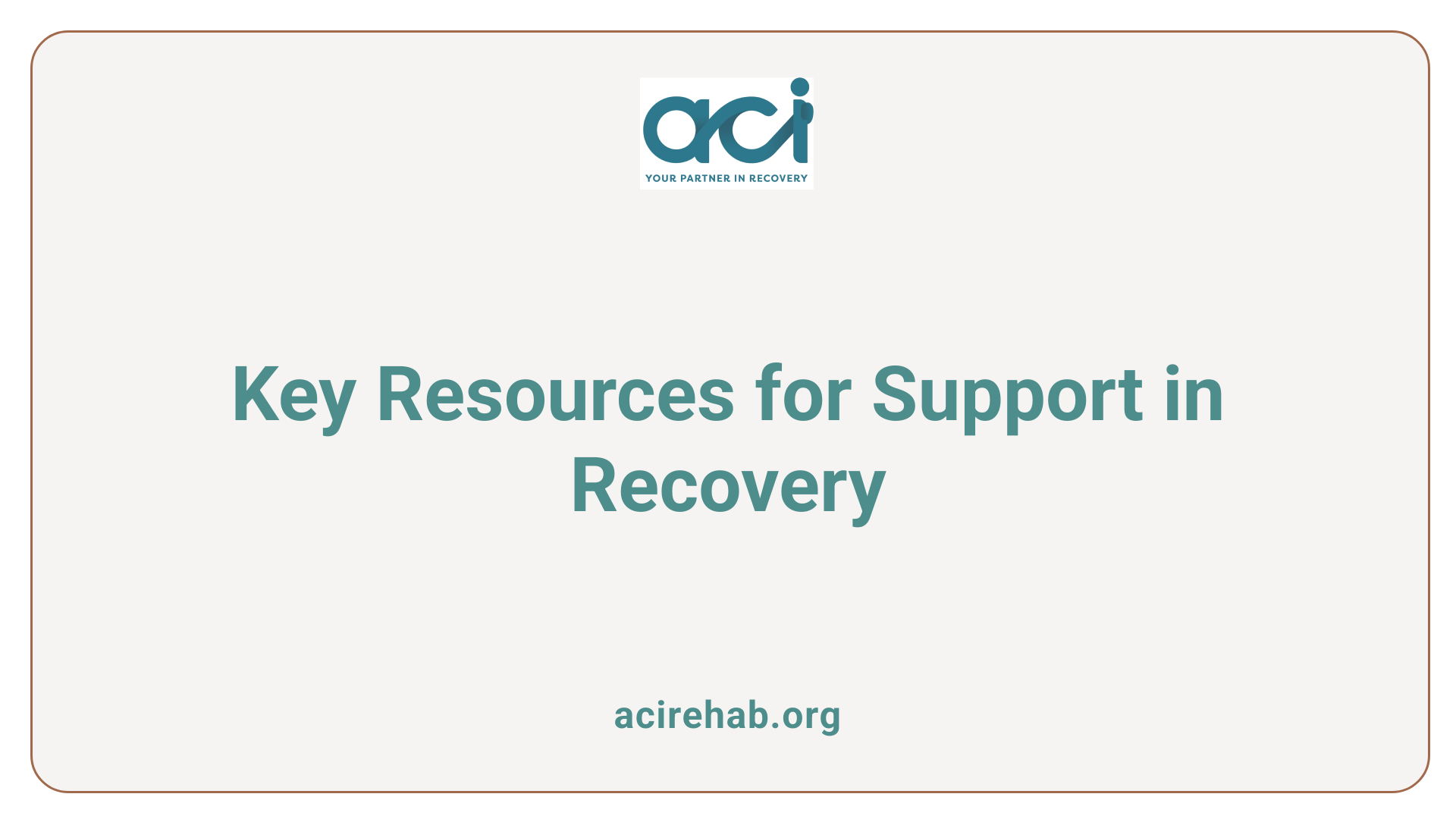
Availability of Support Services for Individuals with Dual Diagnosis
For individuals navigating the complex landscape of both a mental health disorder and a substance use disorder, connecting with the right resources is essential. SAMHSA’s National Helpline, reachable at 1-800-662-HELP (4357), is a crucial service that operates 24/7. It provides free, confidential support to individuals and families seeking assistance with mental and substance use disorders. This helpline can connect callers to local treatment facilities, support groups, and community-based organizations, ensuring that they receive tailored guidance for their specific needs.
The helpline does not require insurance and focuses on connecting individuals to state-funded treatment programs when needed, highlighting its accessibility to those who may be uninsured or underinsured. All information is kept confidential, as the call only requires geographic details to assist effectively.
Role of Support Groups in Recovery
Support groups play a vital role in the recovery journey for those with dual diagnosis. These groups create a community of shared experiences, where individuals can exchange coping strategies, offer encouragement, and build social connections. Participation in support groups fosters an environment of understanding and empathy, which can be incredibly healing.
Treatment centers often incorporate support groups into their recovery programs, enhancing the benefits of therapy by allowing individuals to connect with others facing similar challenges. These shared connections not only help in motivating recovery but also in reducing feelings of isolation that often accompany mental health and substance use disorders.
By utilizing available resources and participating in support groups, individuals embarking on their recovery journey can enhance their chances of achieving lasting sobriety and improved mental health.
Future of Dual Diagnosis Treatment
Trends and Innovations in Dual Diagnosis Care
As understanding grows regarding the complexities of dual diagnosis—where individuals grapple with both mental health and substance use disorders—treatment approaches are evolving. The emphasis is increasingly on integrated care, where both conditions are treated simultaneously by an interdisciplinary team. This approach not only smooths the recovery process but also promotes long-term well-being.
Innovations such as telehealth have emerged, making it easier for individuals to access dual diagnosis treatments without geographical constraints. Also, there is a move towards personalized treatment plans that cater to the unique needs of each patient, incorporating evidence-based therapies like Cognitive Behavioral Therapy (CBT) and Dialectical Behavior Therapy (DBT).
Potential Improvements in Treatment Accessibility
Despite improvements, accessibility remains a challenge. Currently, only a small fraction of individuals with co-occurring disorders receive simultaneous treatment. Initiatives aiming to increase awareness and funding are crucial to expanding integrated treatment programs. Advocacy for policy changes could further help in creating a healthcare environment where dual diagnosis treatment becomes a priority, ultimately increasing the number of treatment centers equipped to handle such complexities.
Overall, the future of dual diagnosis treatment appears promising, focusing on integrated care strategies, increasing availability, and enhancing recovery outcomes.
Concluding Thoughts
Dual diagnosis treatment programs stand as a beacon of hope for those grappling with the challenging intersection of mental health and substance use disorders. By leveraging integrated treatment approaches, these programs not only enhance recovery outcomes but also significantly improve the quality of life for many individuals. As awareness and understanding of dual diagnosis continue to grow, so does the imperative to expand access to these vital programs, ensuring that more individuals receive the comprehensive care they need. With continuous research and adaptation, the promise of dual diagnosis treatment remains strong, offering a clear pathway toward recovery and a healthier, more balanced life.
References
- National Helpline for Mental Health, Drug, Alcohol Issues – SAMHSA
- Dual Diagnosis: Substance Abuse and Mental Health – HelpGuide.org
- Women’s Dual Diagnosis Treatment Center in California | NDFW
- Dual Diagnosis – MedlinePlus
- Dual Diagnosis Rehab Treatment Centers Near Me
- Dual Diagnosis Treatment Centers in Florida – Psychology Today
- Dual Diagnosis Treatment For Drug Addiction – Lakeview Health
- Dual Diagnosis Treatment Program | California Rehab Center
- Dual diagnosis capability in mental health and addiction treatment …



